Supercomputing 2015
HPC is transforming the world. The International Conference for High Performance Computing, Networking, Storage, and Analysis
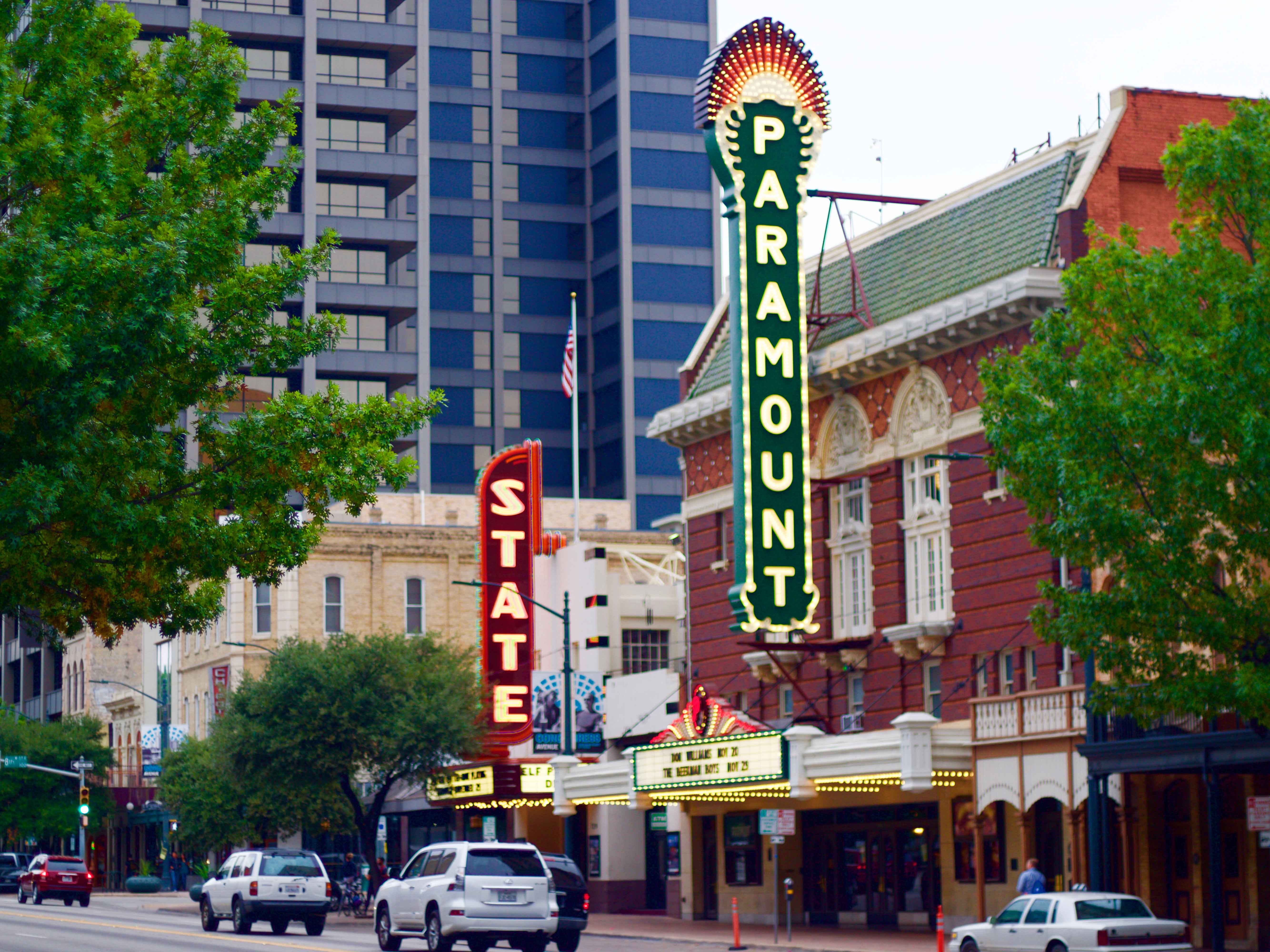
I have been selected as one of the 26 students out of a pool of qualified applicants from all around the globe to attend the Experiencing HPC For Undergraduates program at SC15, the International conference for High Performance Computing, Networking, Storage, and Analysis.
“The Experiencing HPC for Undergraduates program gives undergraduate students at the sophomore level and above an introduction to HPC research topics and techniques. The program introduces various aspects of HPC research at the SC15 conference to participants to give them a better understanding of opportunities to perform research as an undergraduate and potentially in graduate school.”
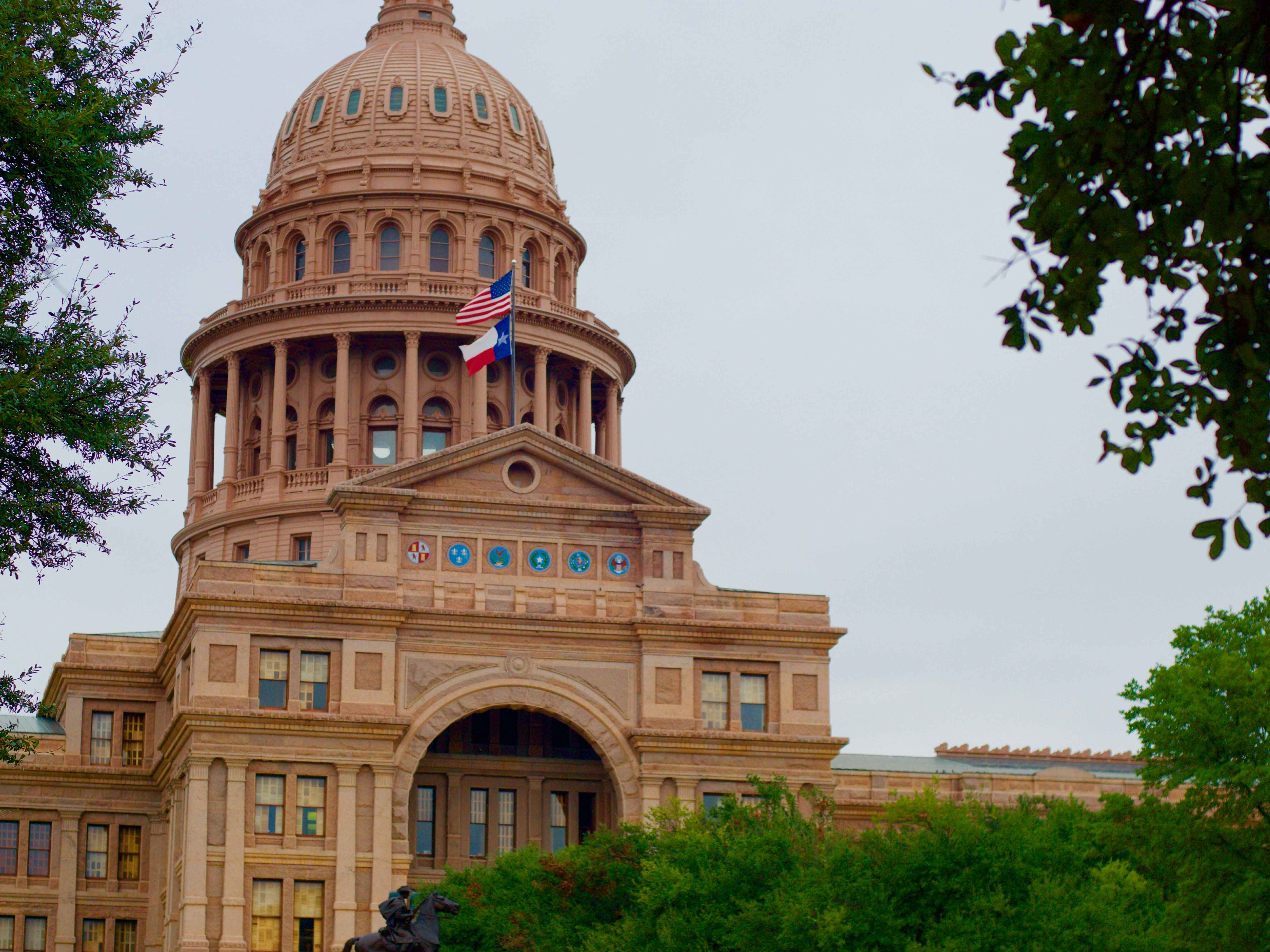





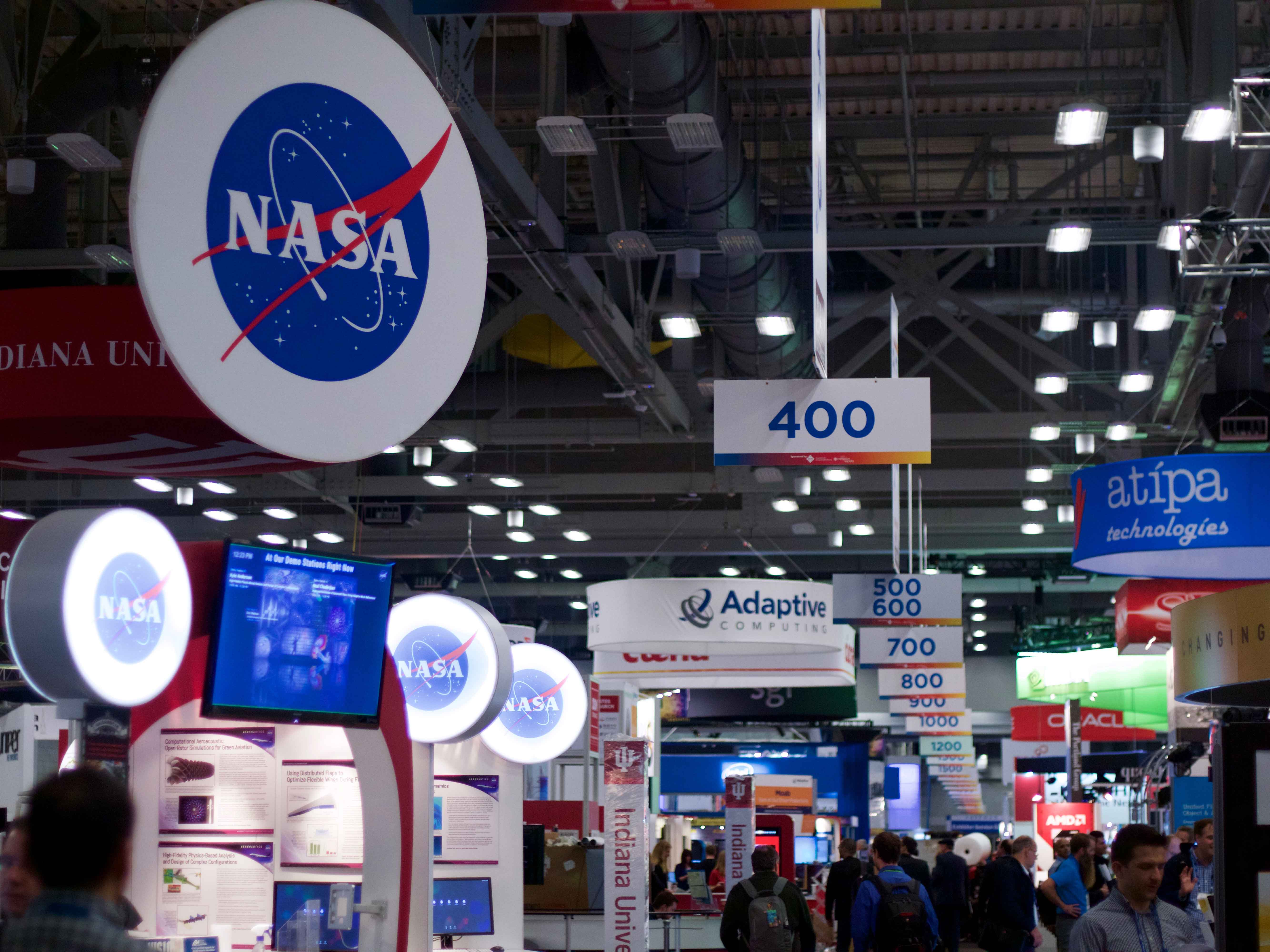

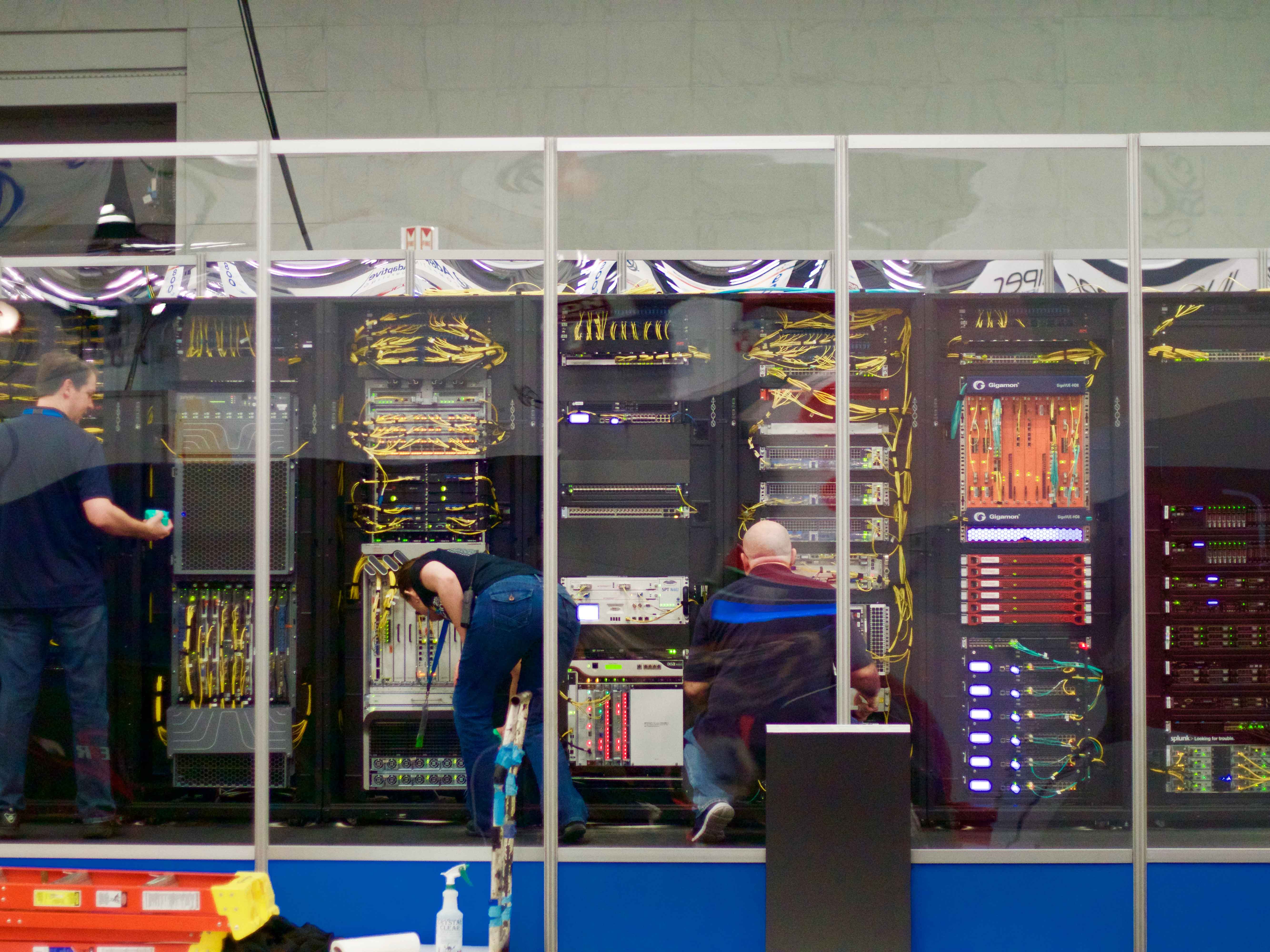
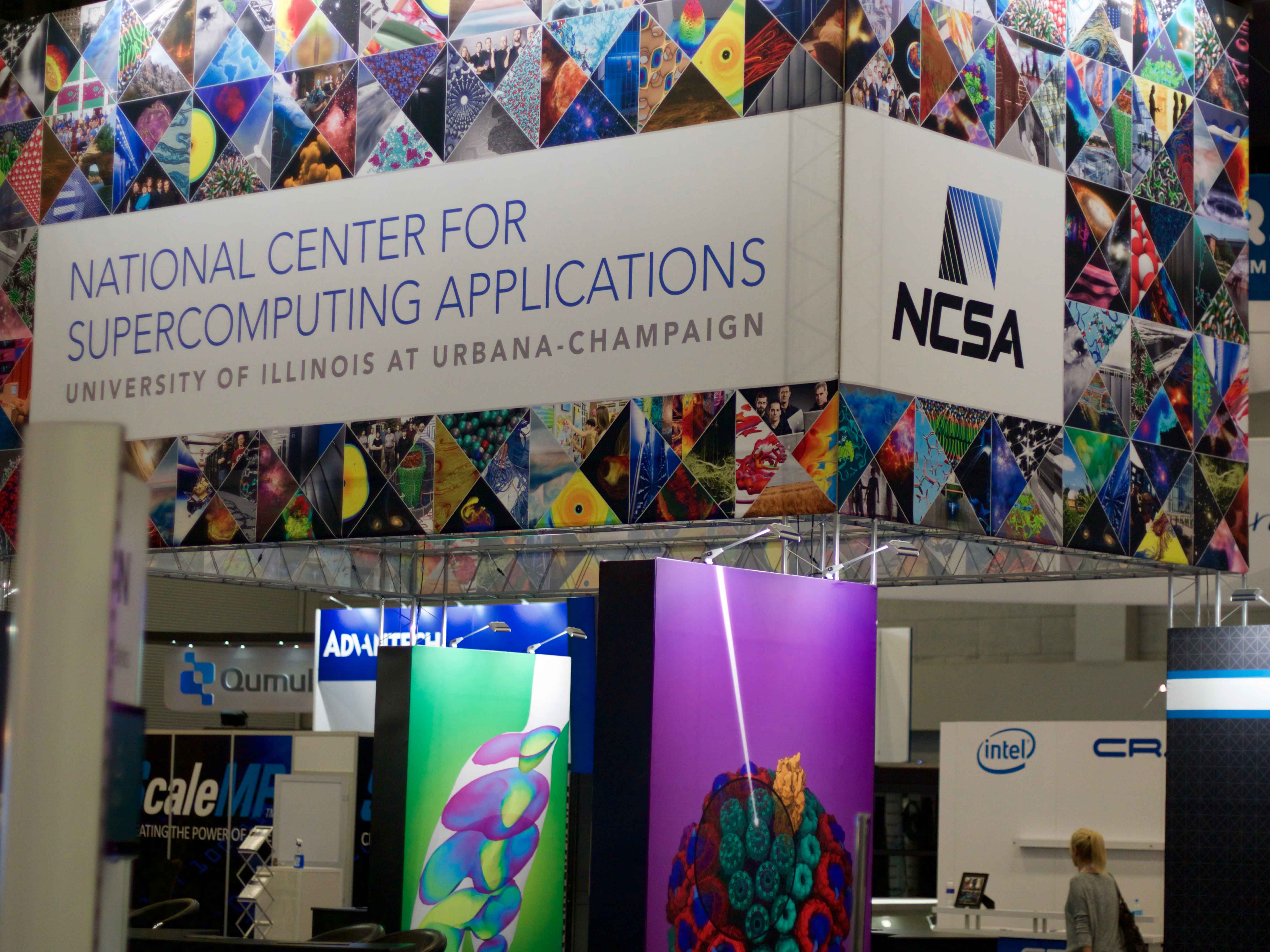
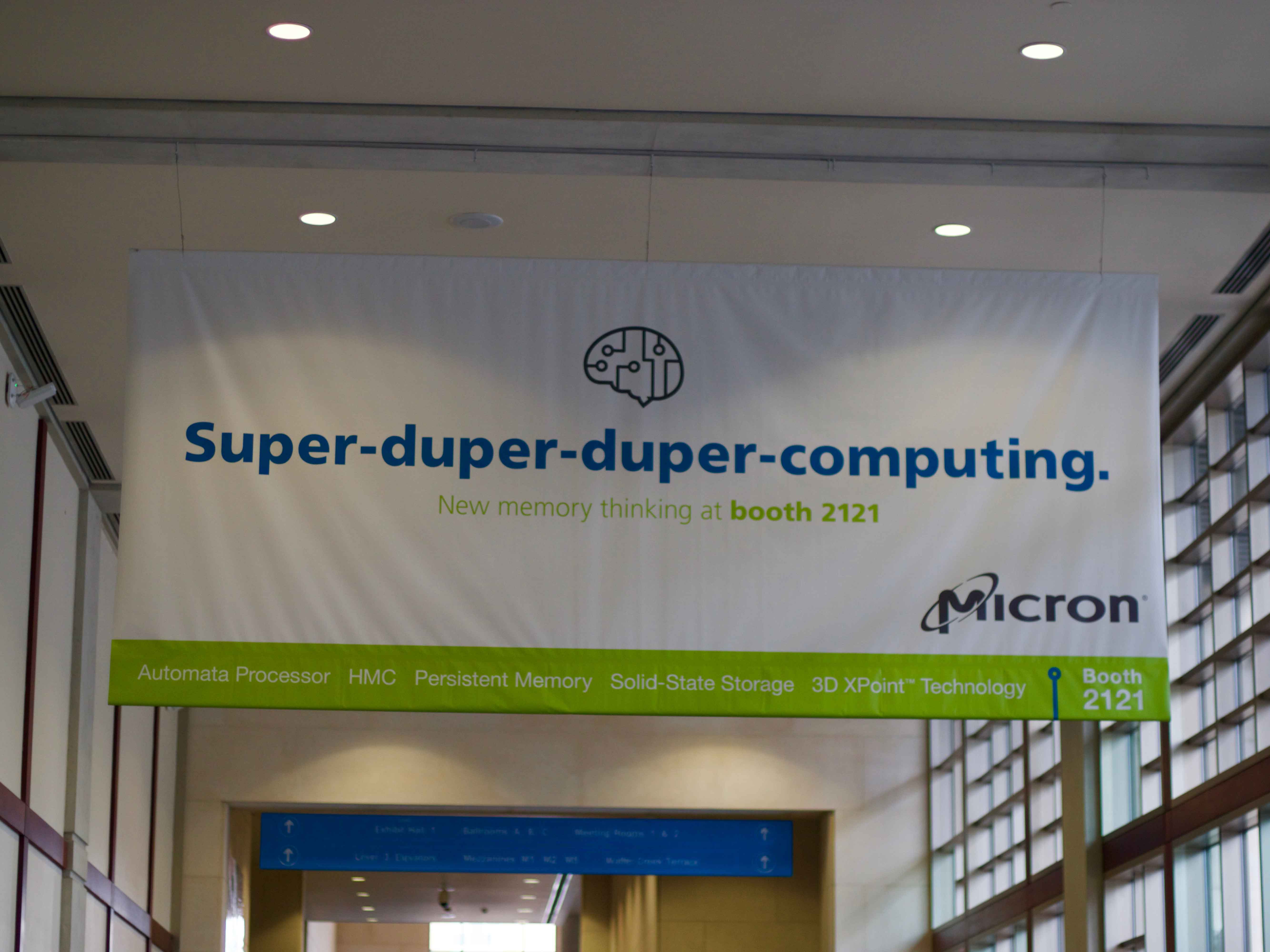
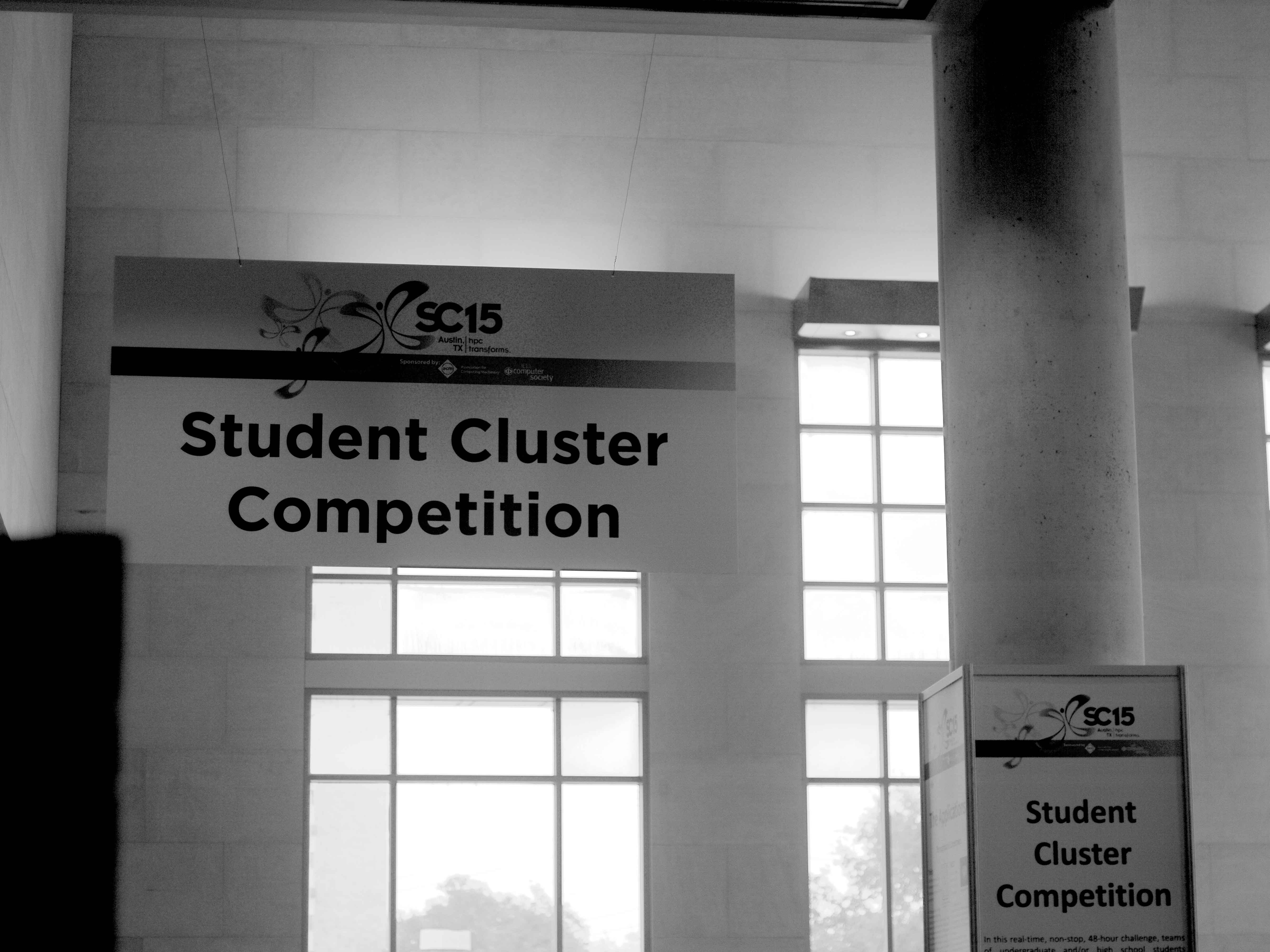

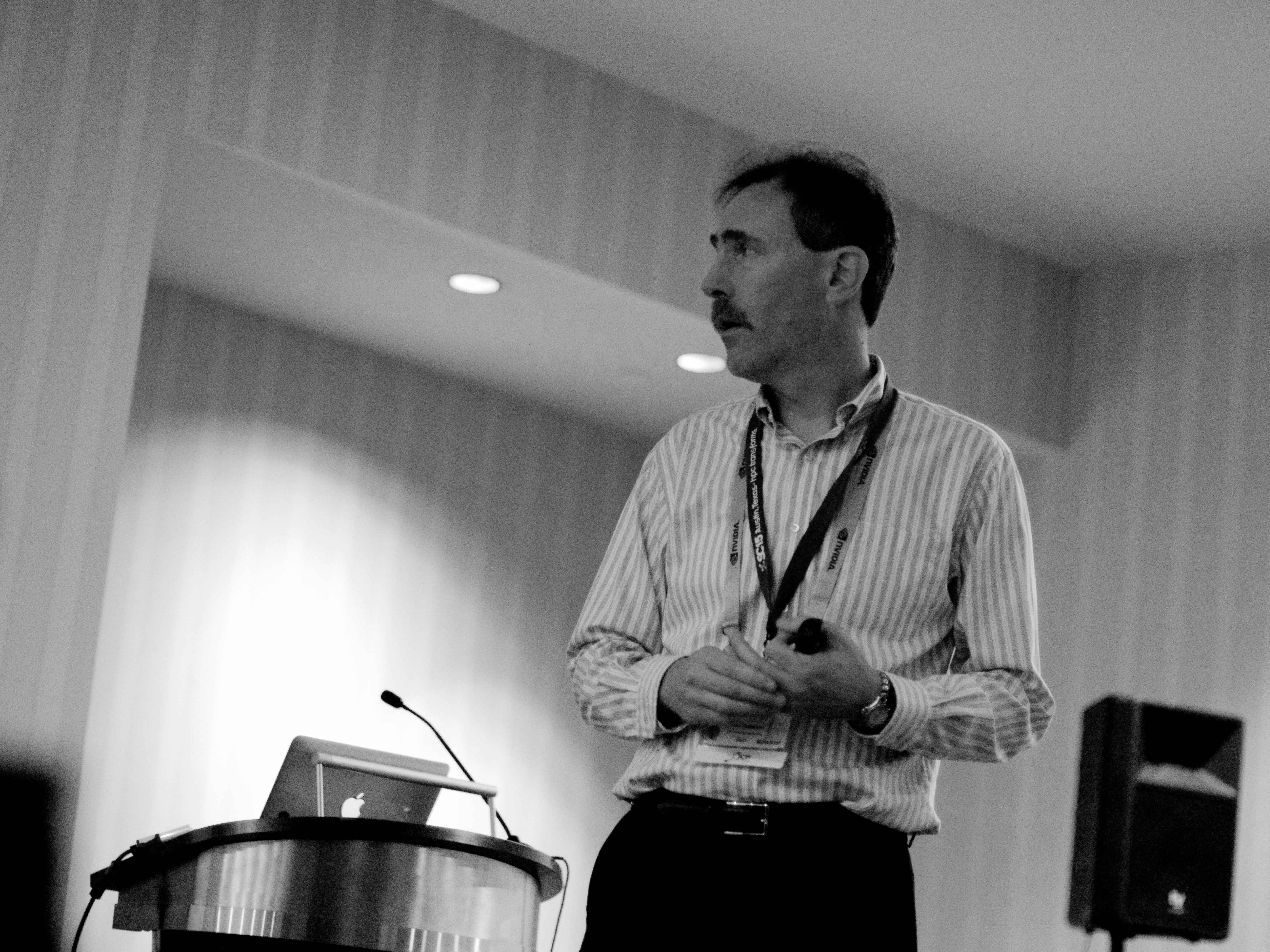
Intro to High Performance Computing
Why Parallelism
- Speed
- Need to get results faster thean possible
- A weather forecast that is late is useless
- Could come from
- More processing elements (P.E.)
- More memory (or cache)
- More disks
- Need to get results faster thean possible
- Cost: cheaper to buy many smaller machines
- This is only true in the last 20 years due to
- VLSI
- Commodity parts
- This is only true in the last 20 years due to
What Does a Parallel Computer Look Like?
- Processing Elements
- Key Processor Choices
- How many?
- How powerful?
- Custom or off-the-shelf?
- Major Styles of Parallel Computing
- SIMD - Single Instruction Multiple Data
- One master program counter (PC)
- MIMD - Multiple Instruction Multiple Data
- Separate code for each processor
- SPMD - Single Program Multiple Data
- Same code on each processor, separate PC’s on each
- SIMD - Single Instruction Multiple Data
- Key Processor Choices
Communication Networks
- Connect
- PE’s, memory, I/O
- Key Performance Issues
- Latency: time for first byte
- Throughput: average bytes/second
- Possible Topologies
- bus - simple, but doesn’t scale
- ring - orders delivery of messages
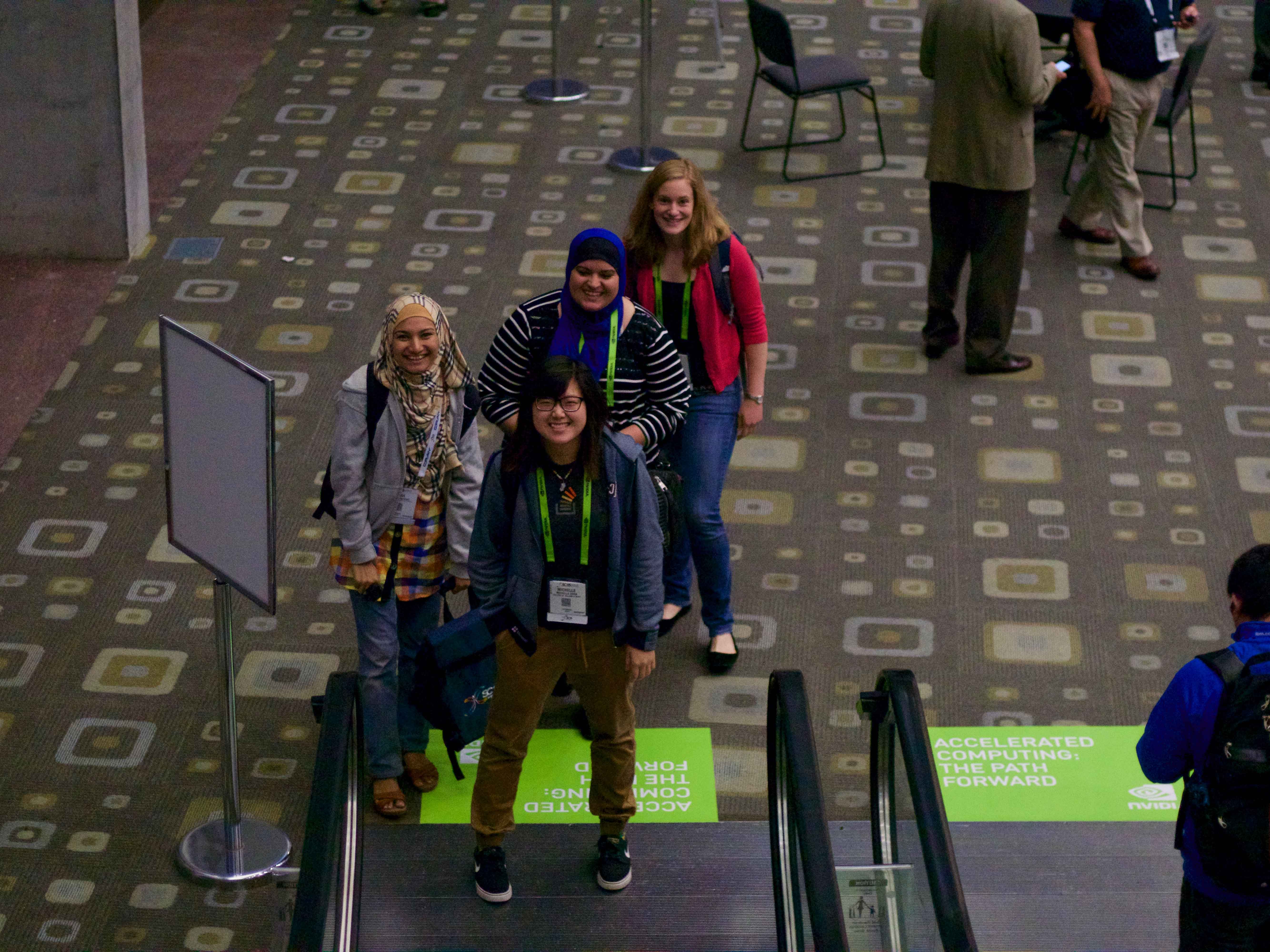
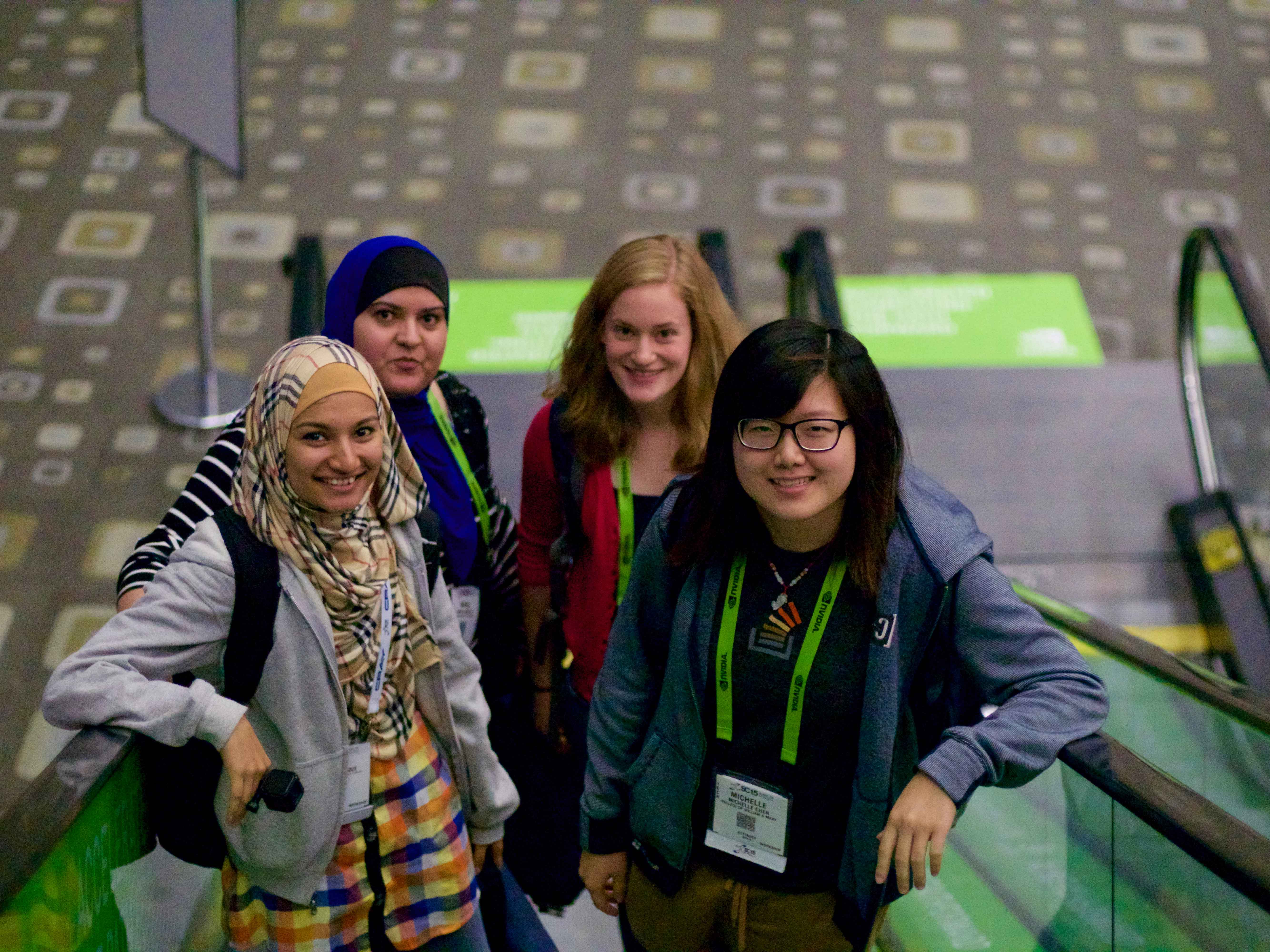
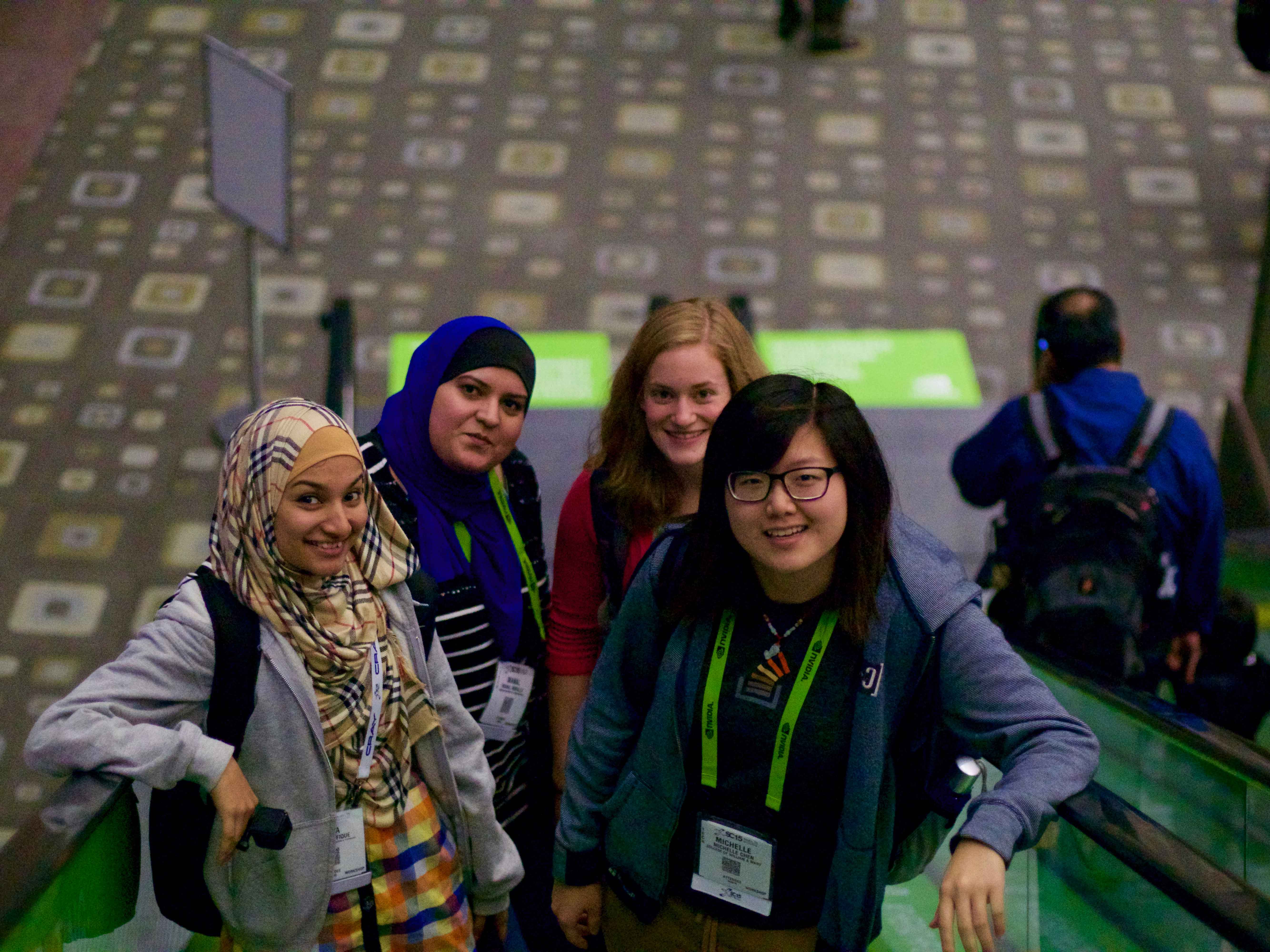
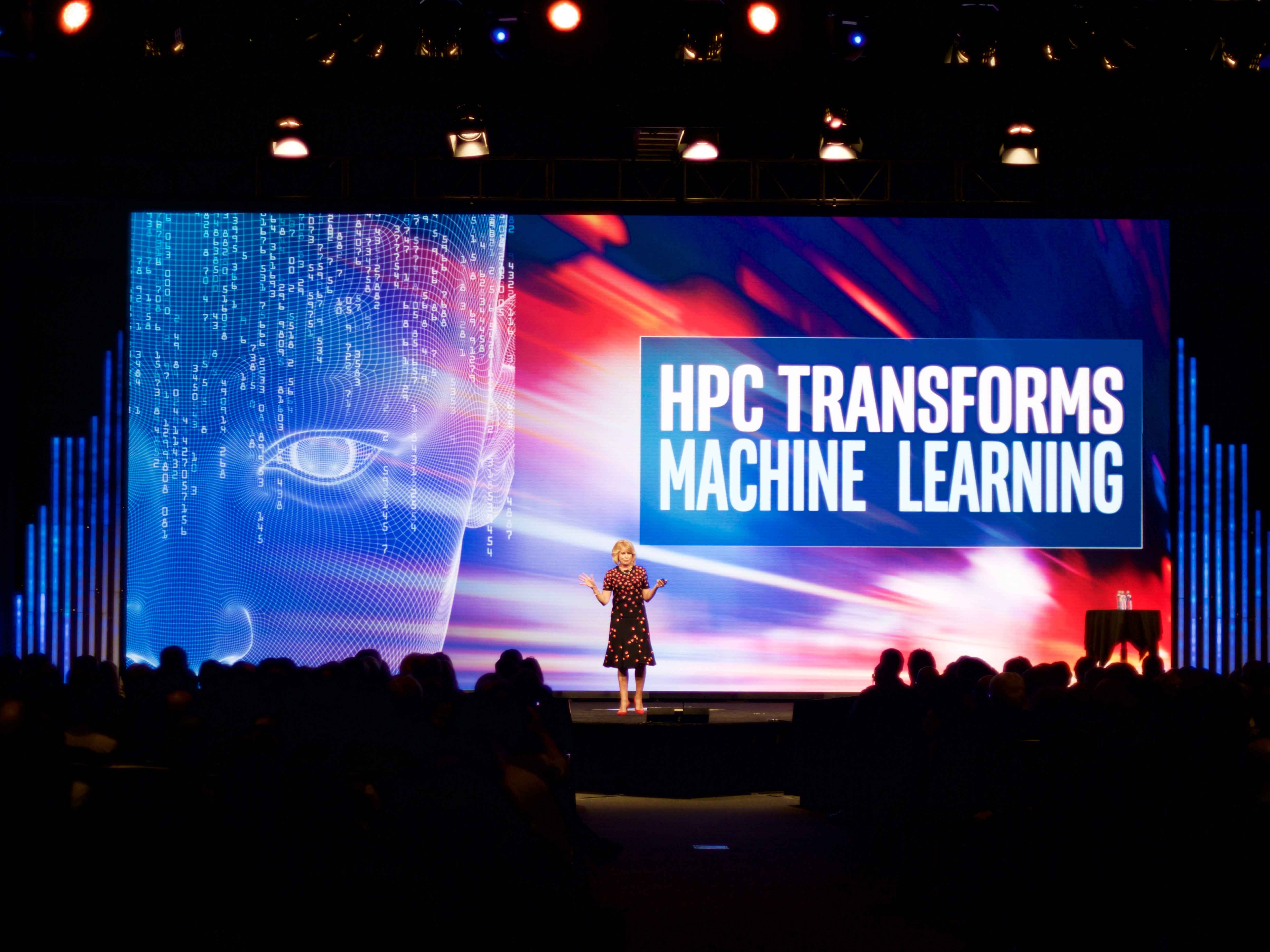
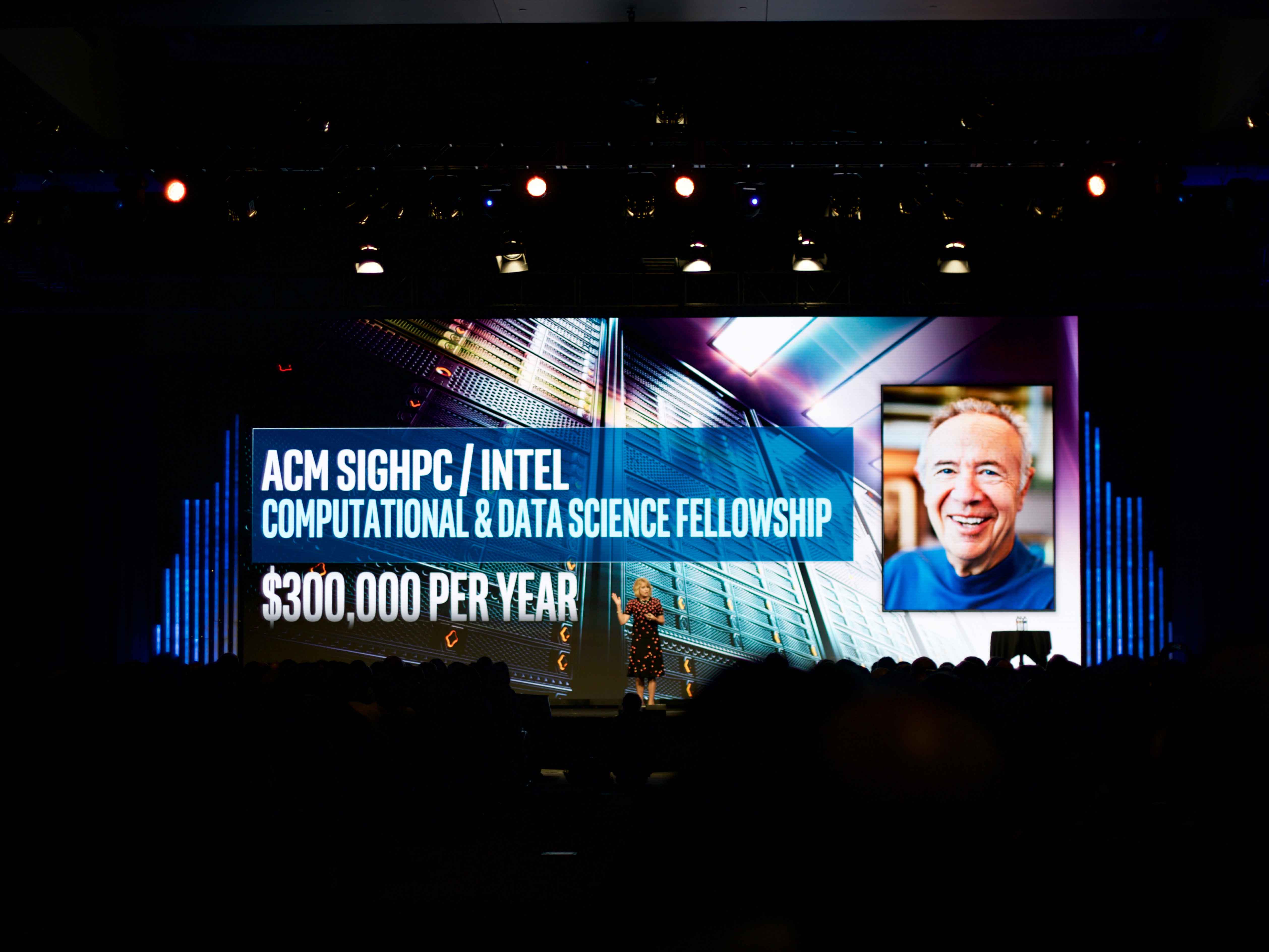

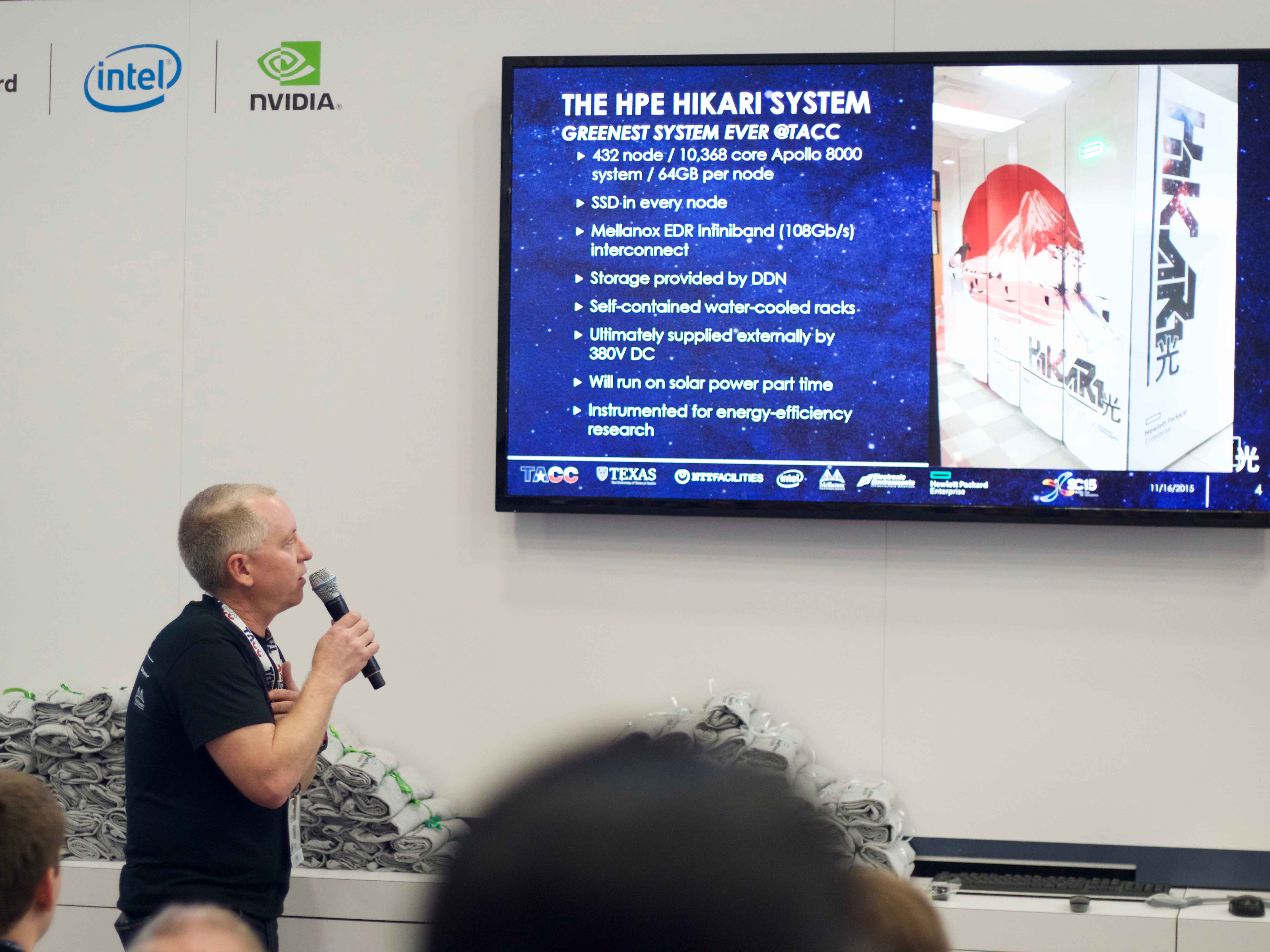


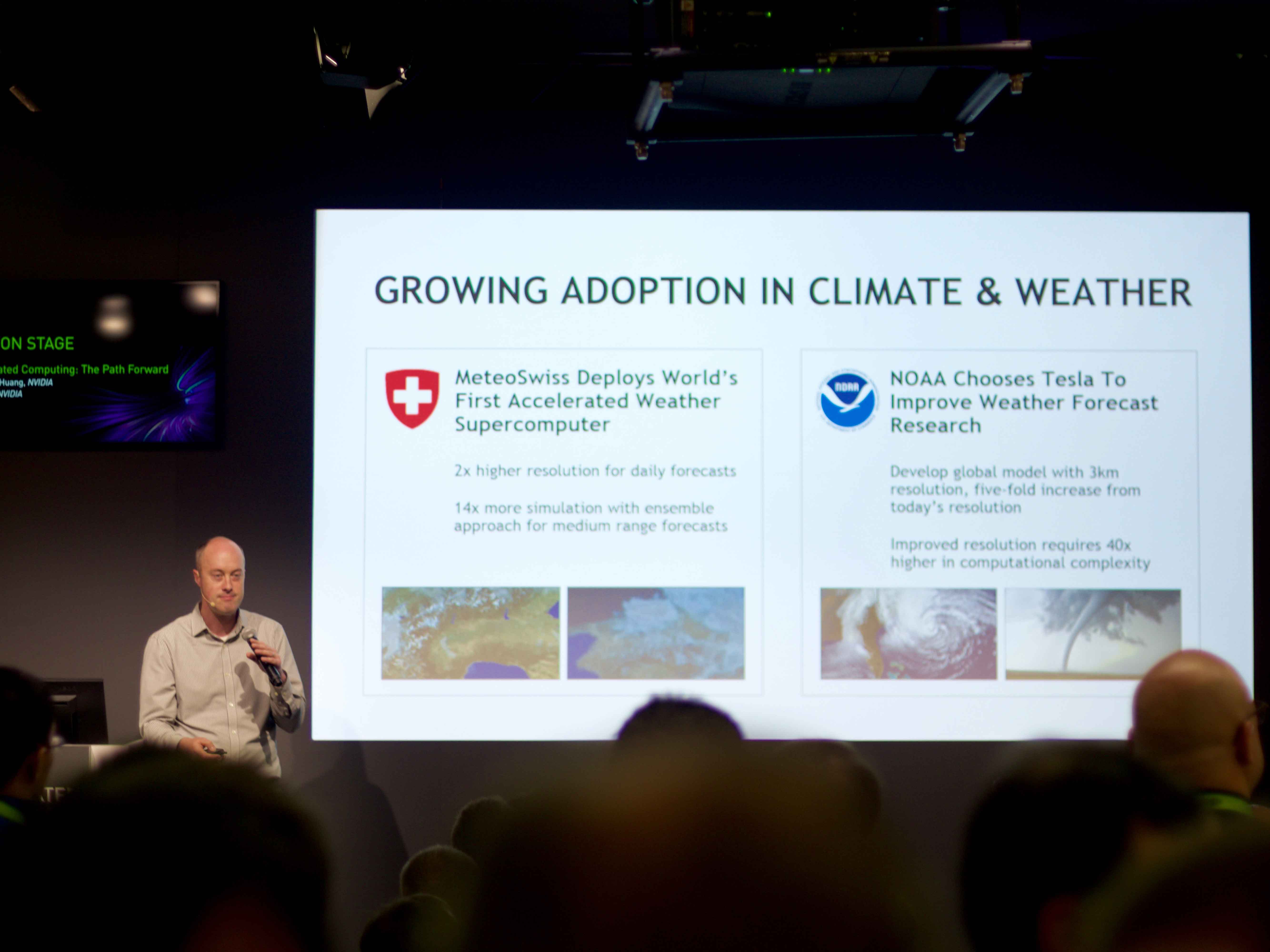
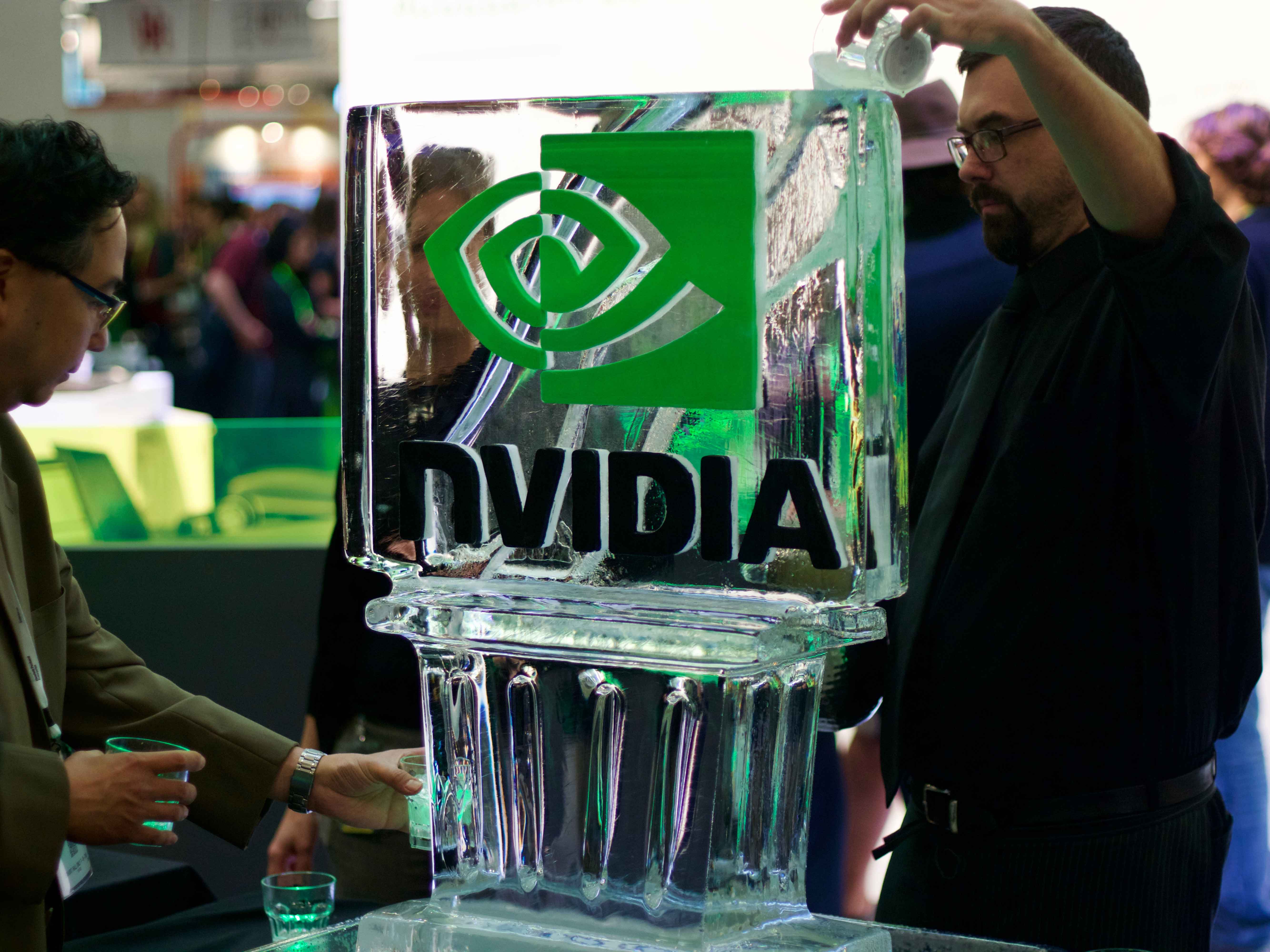
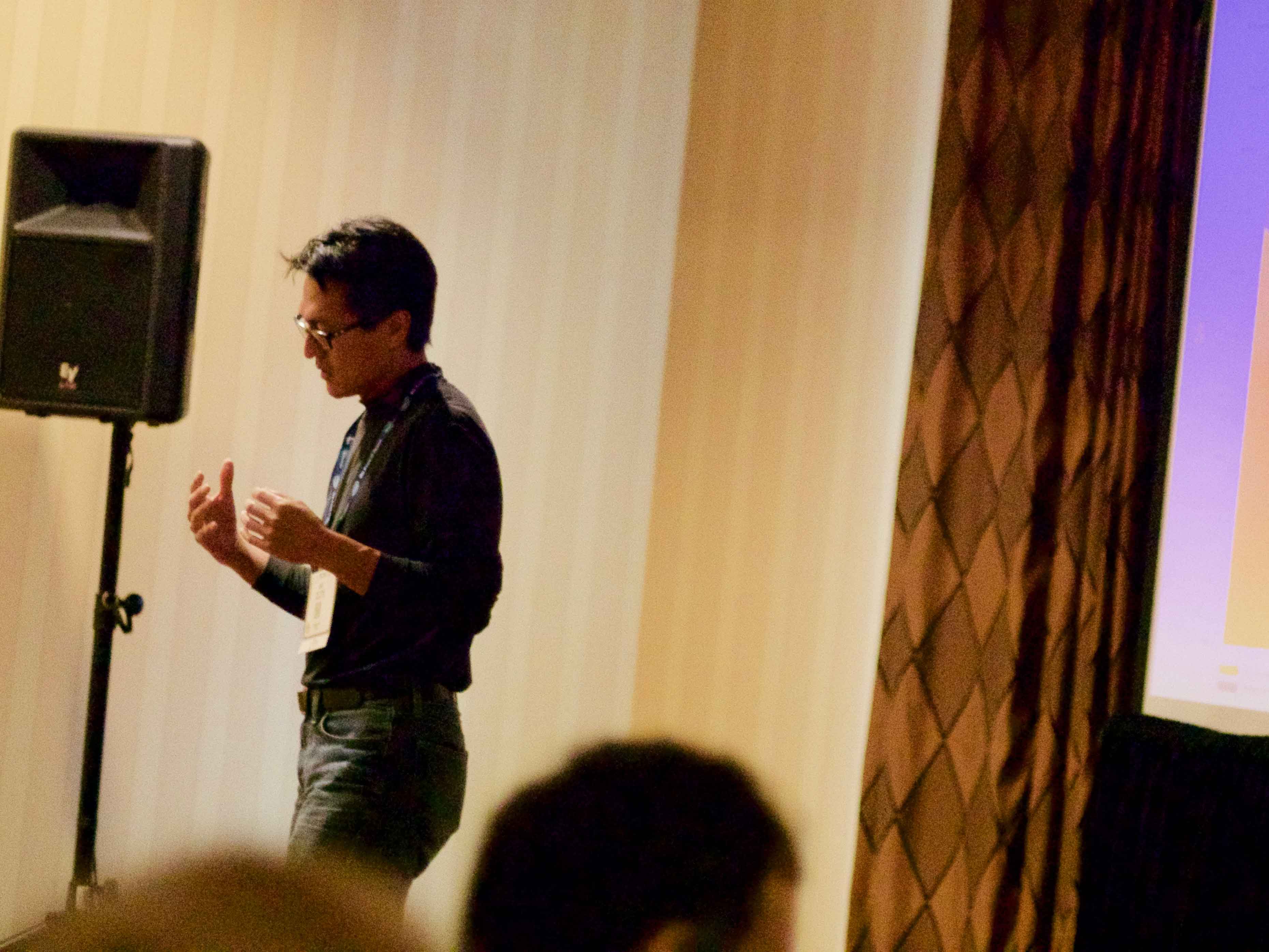
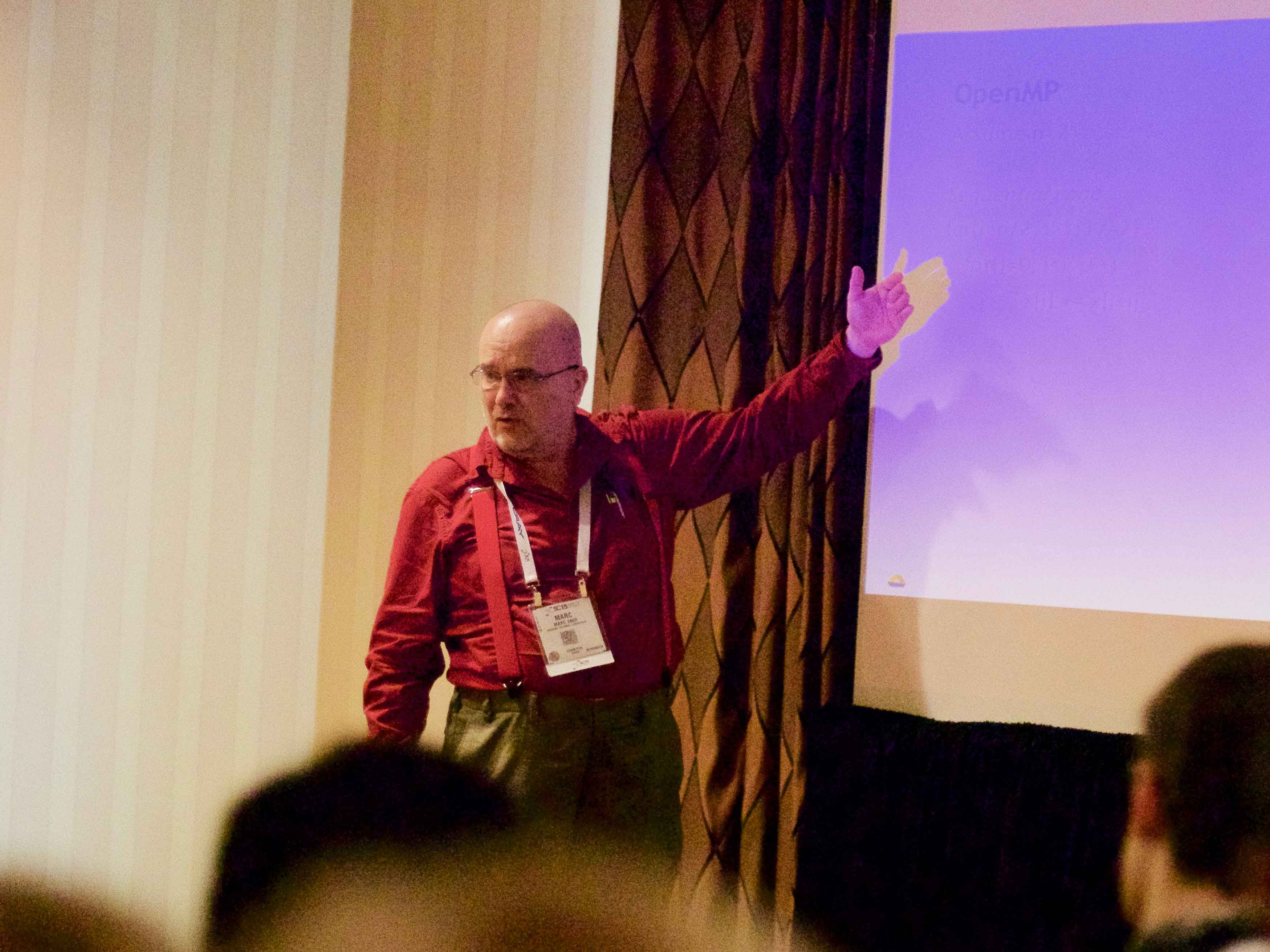
Through this program, I was able to learn the new and exciting technologies in the field of supercomputing. I was also able to meet thought leaders in the community such as Wu Feng (Virginia Tech), Marc Snir (UIUC), Karen Karavanic (Portland State University), Srinivas Aluru (Georgia Tech), Dan Katz (NSF), and Steve Parker (NVIDIA).

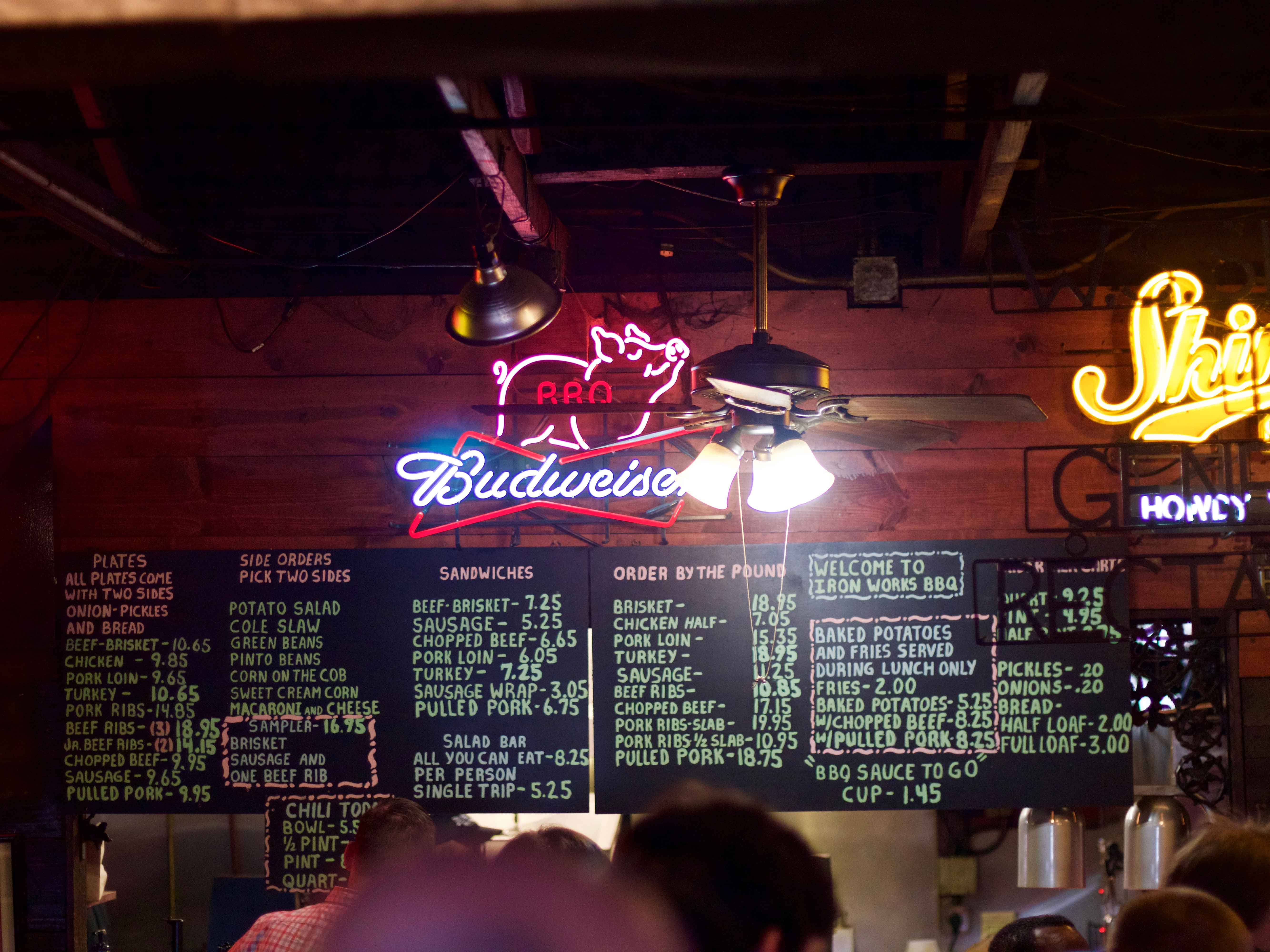
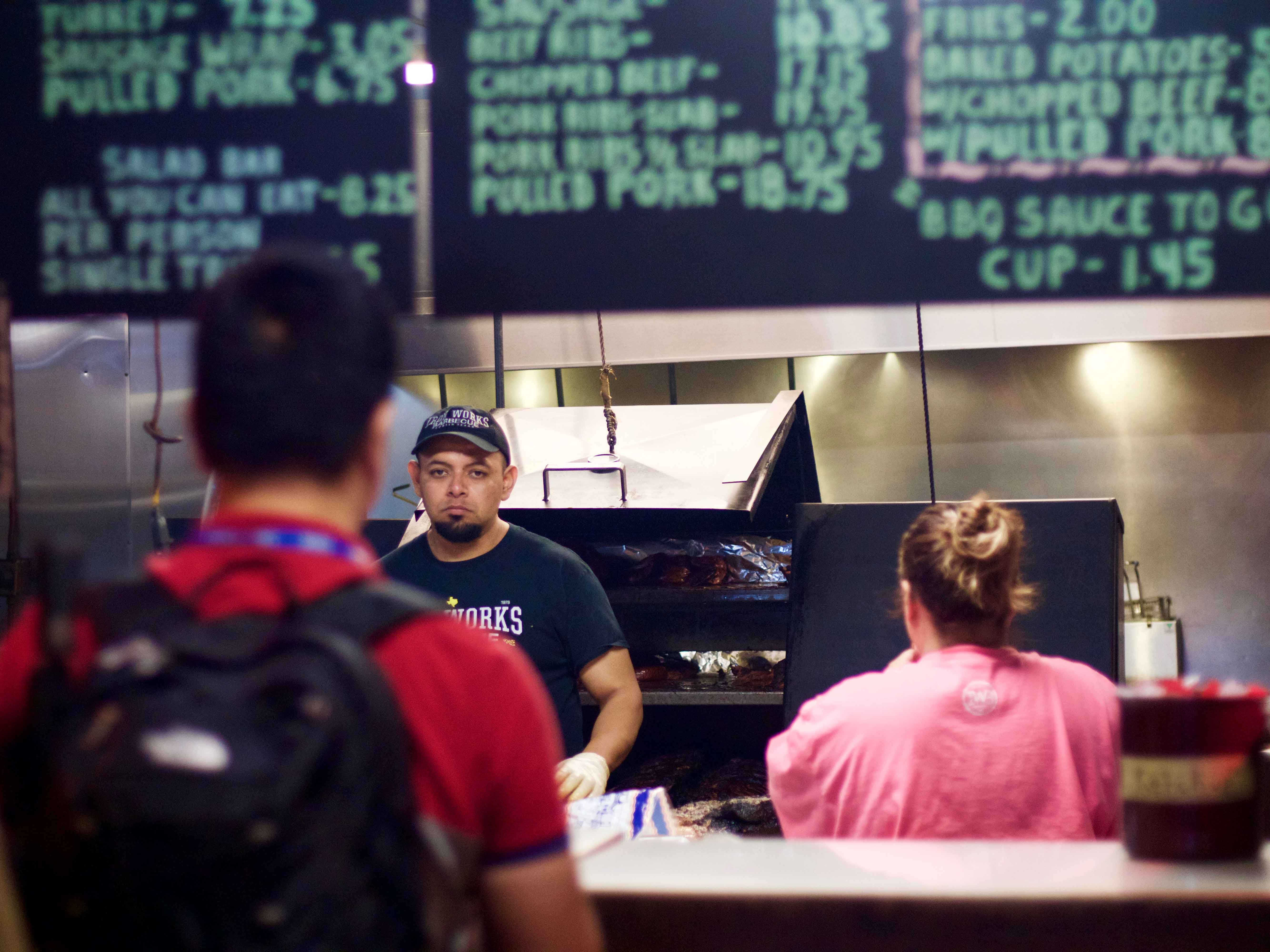

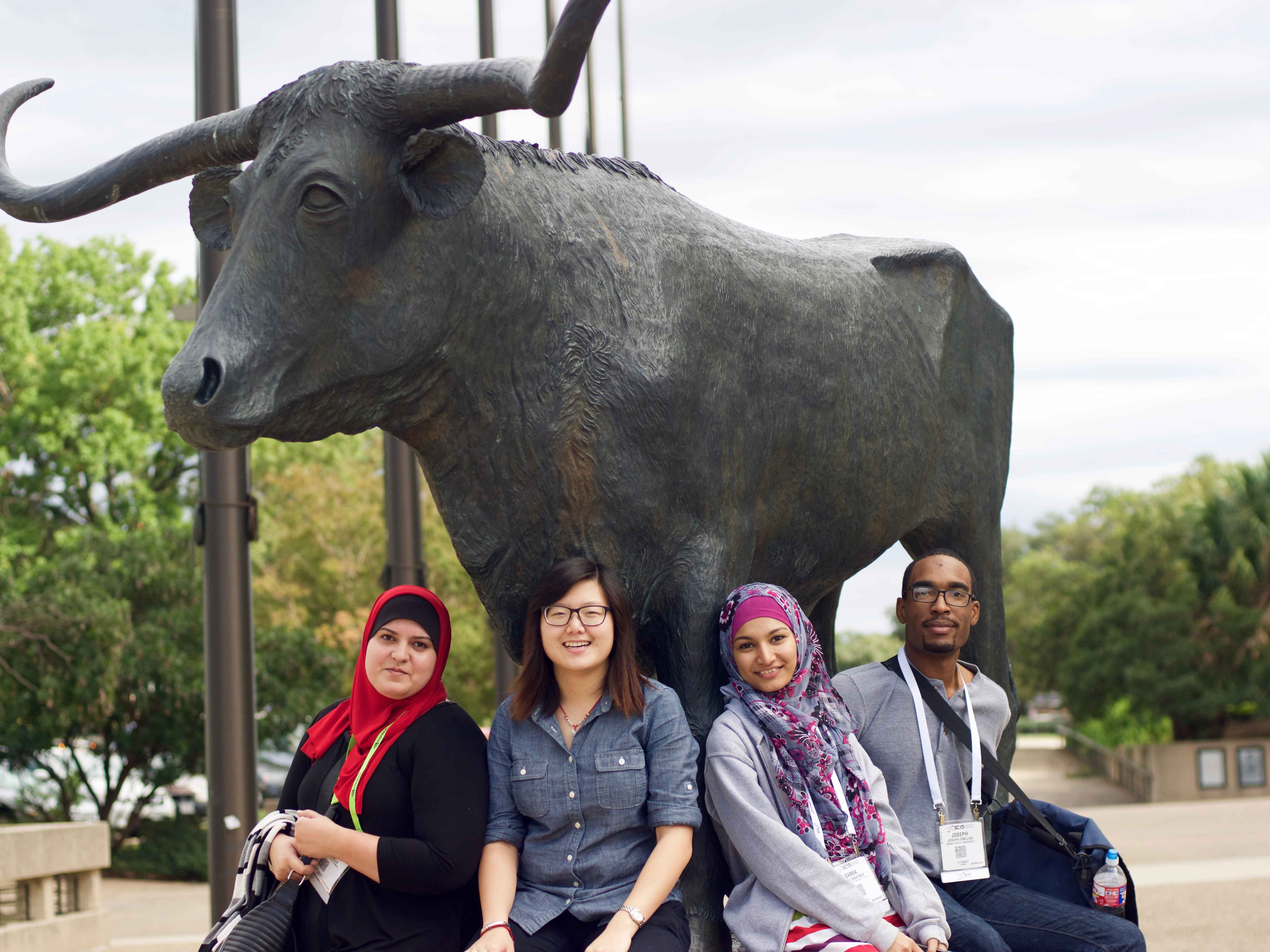

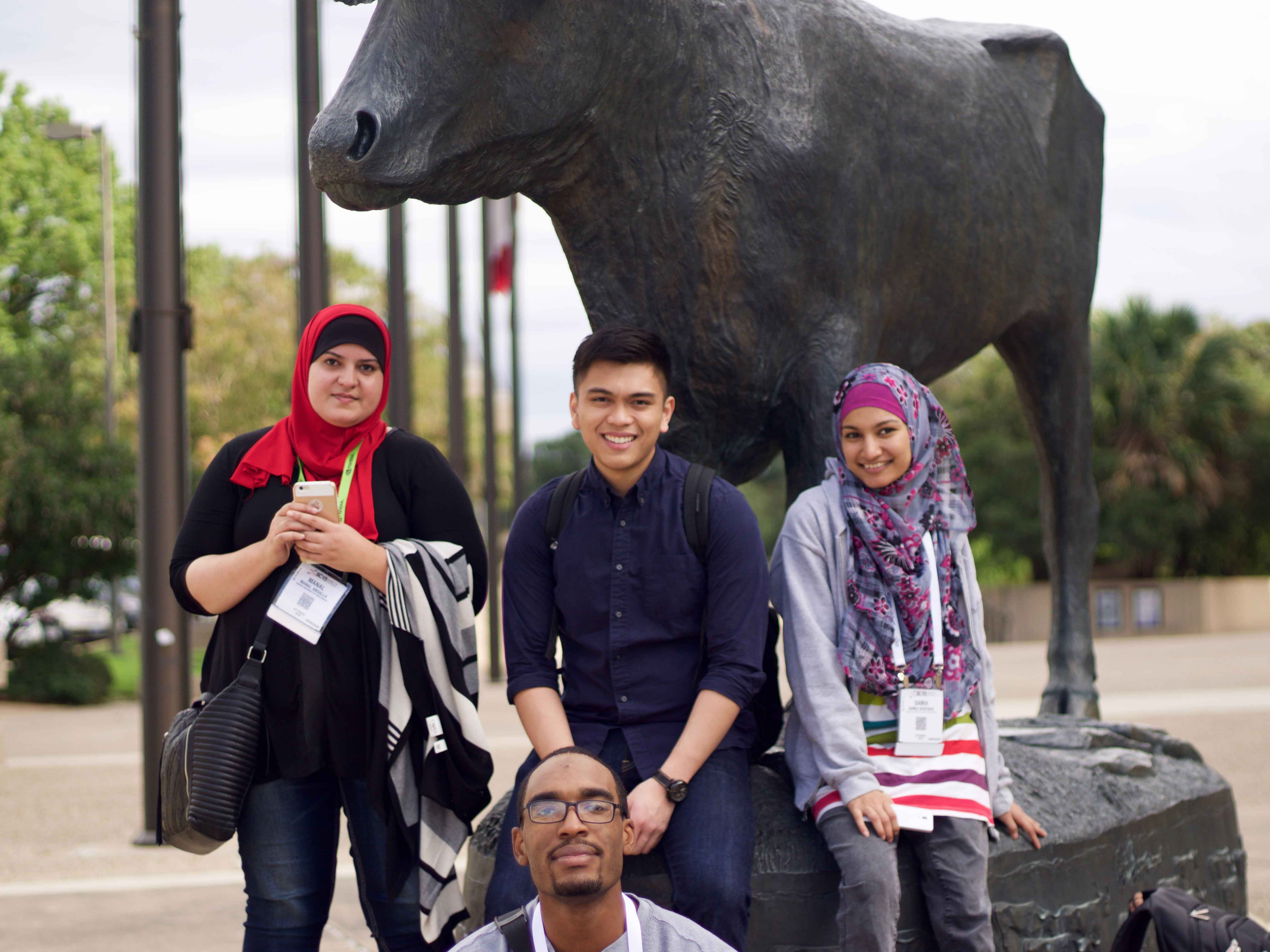


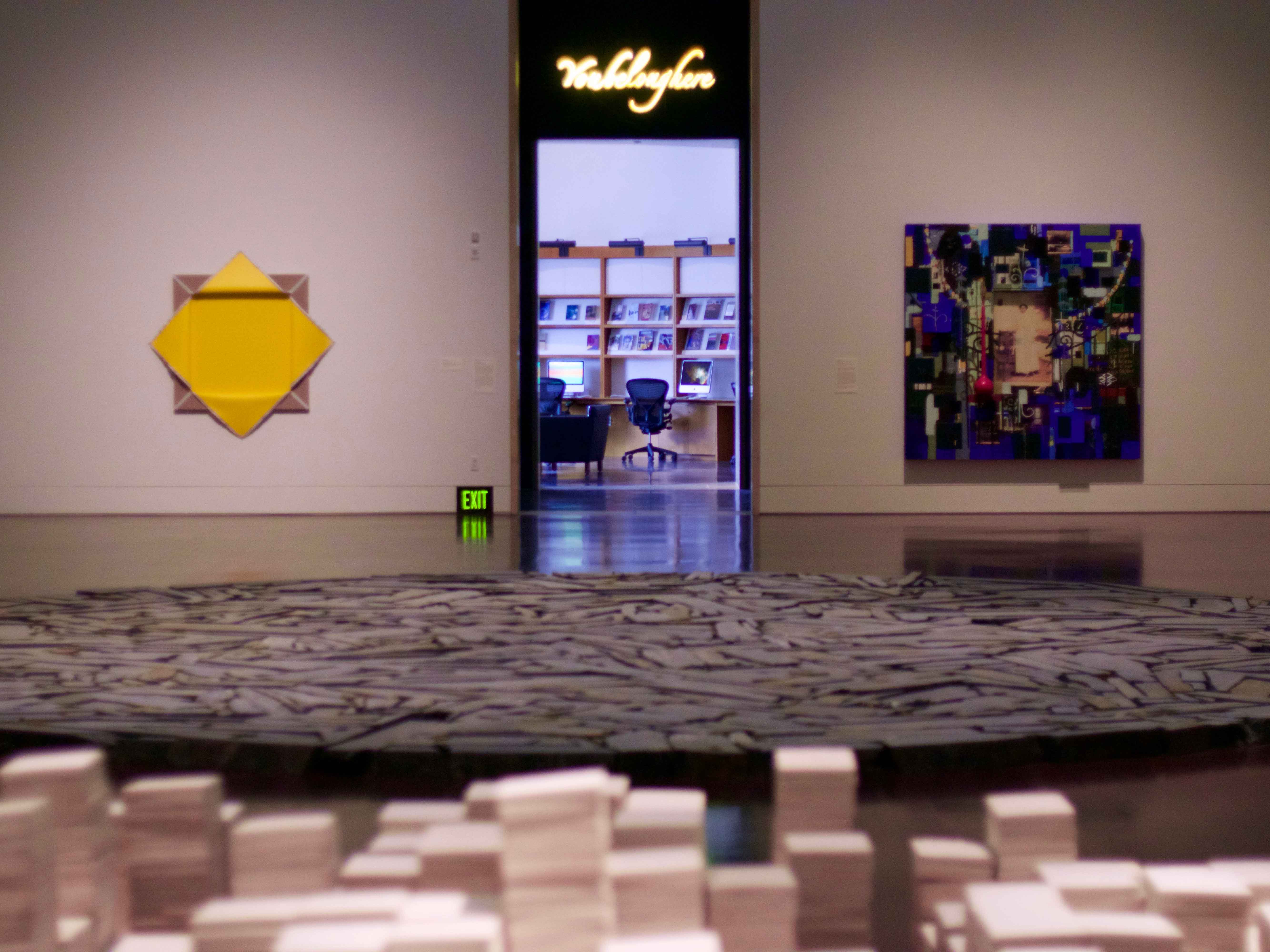

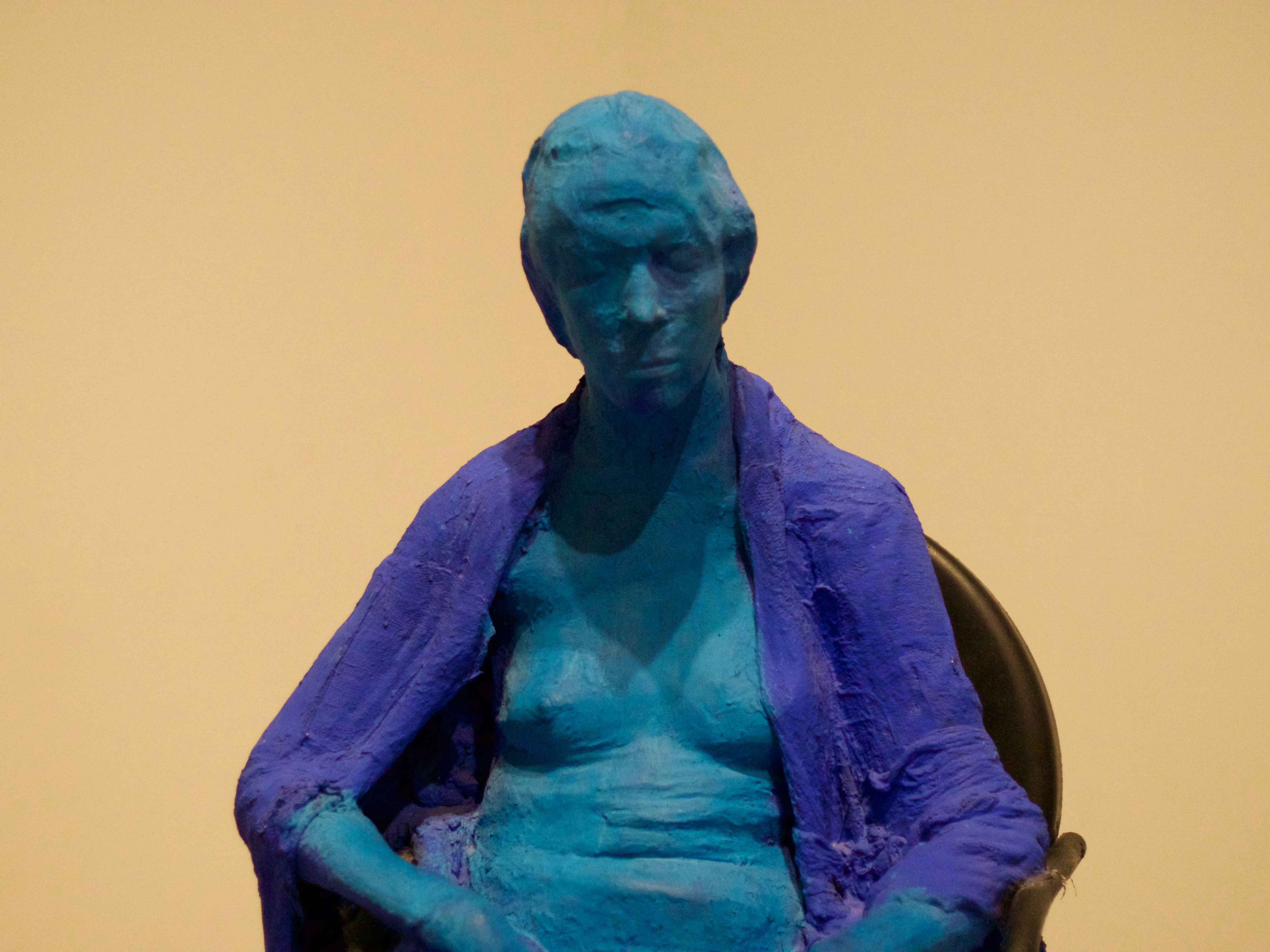
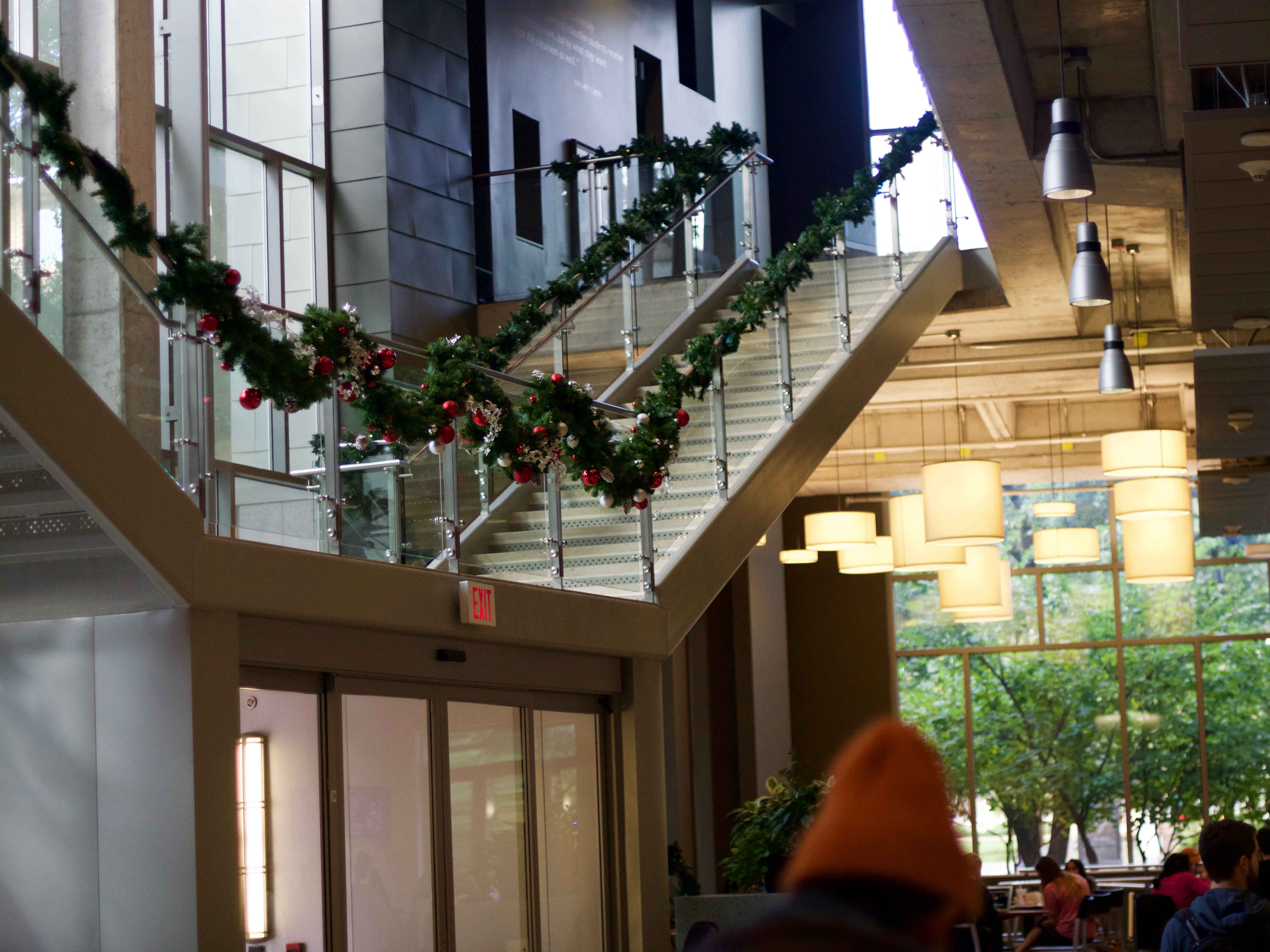

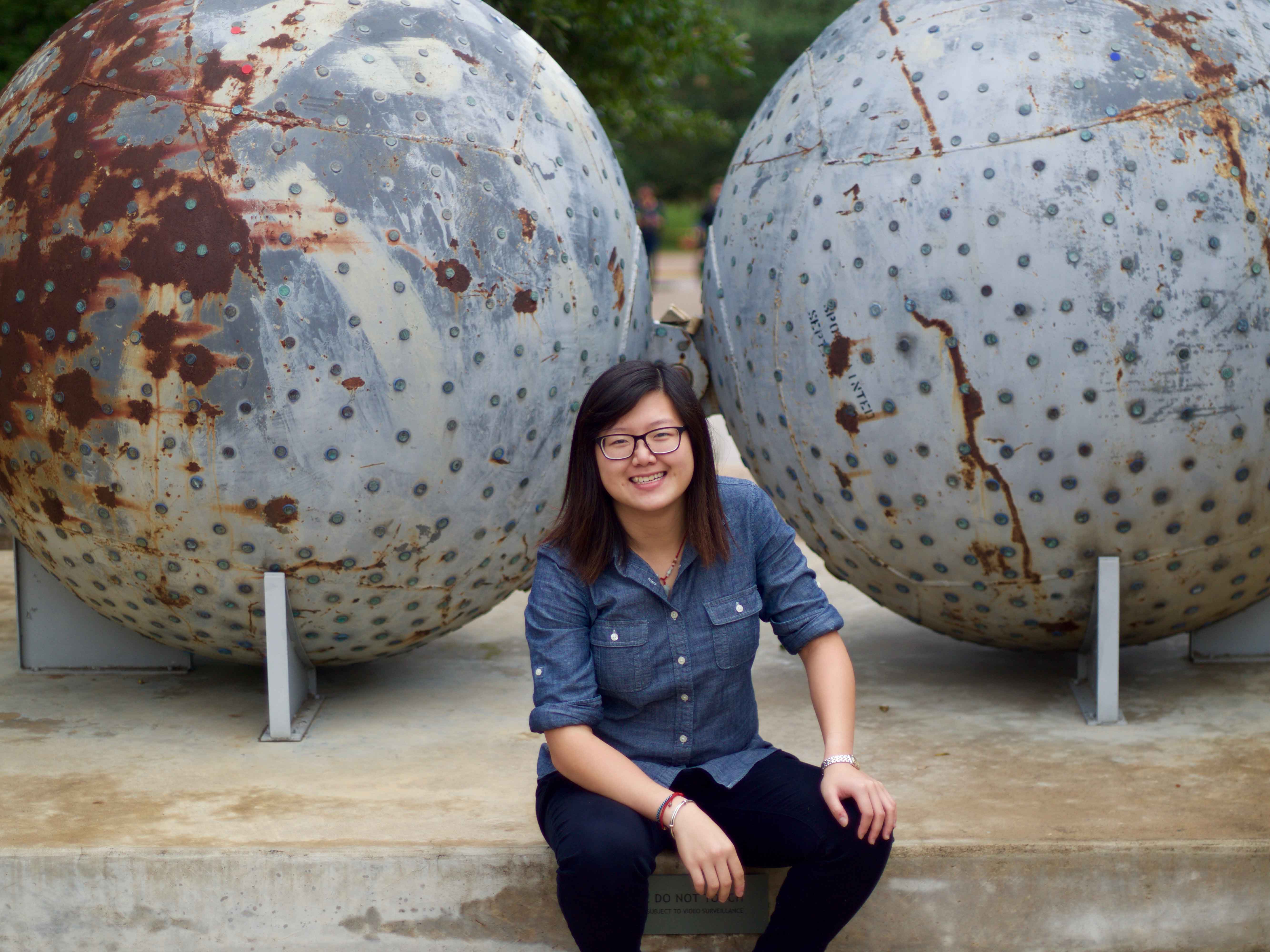
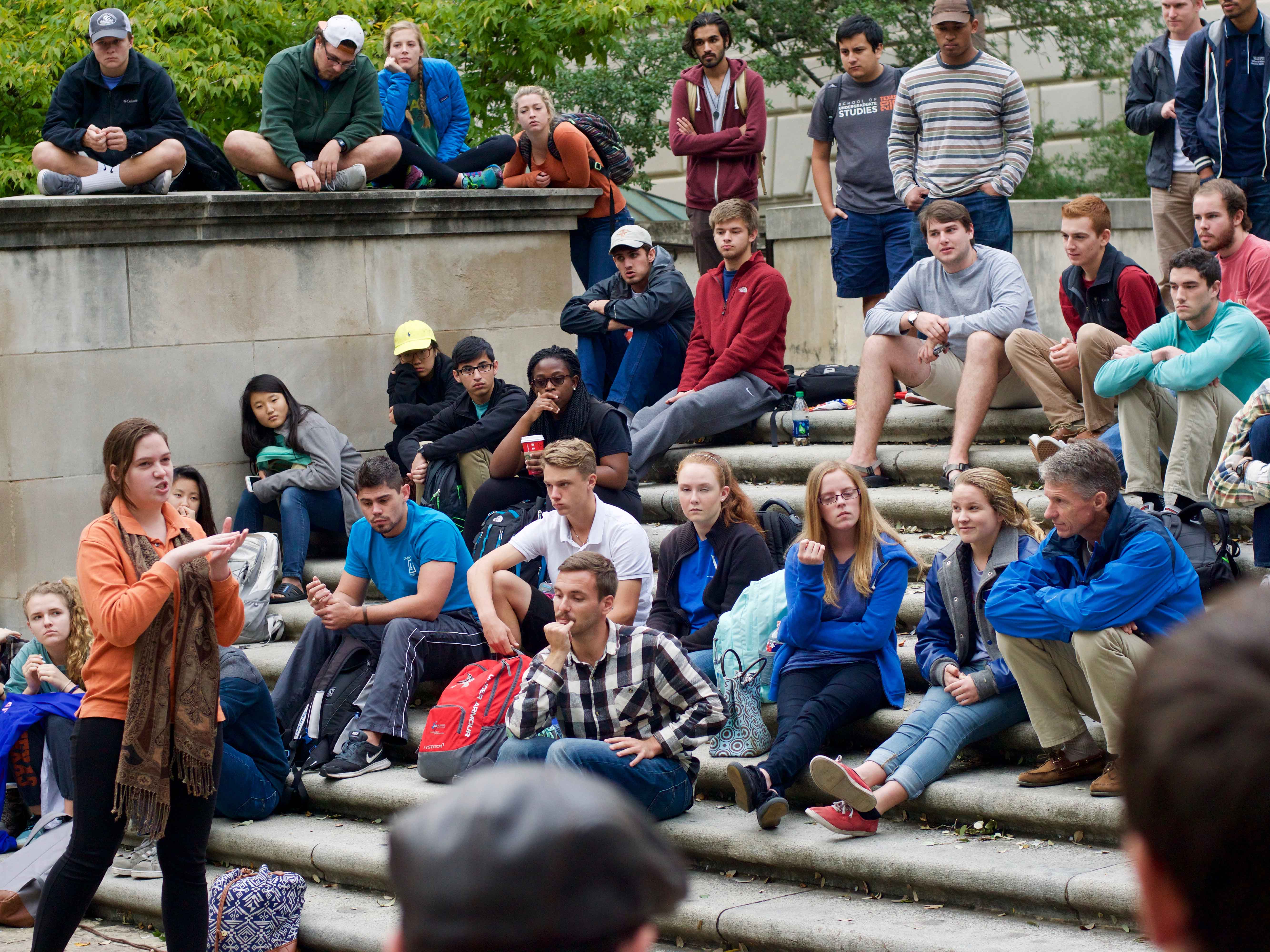
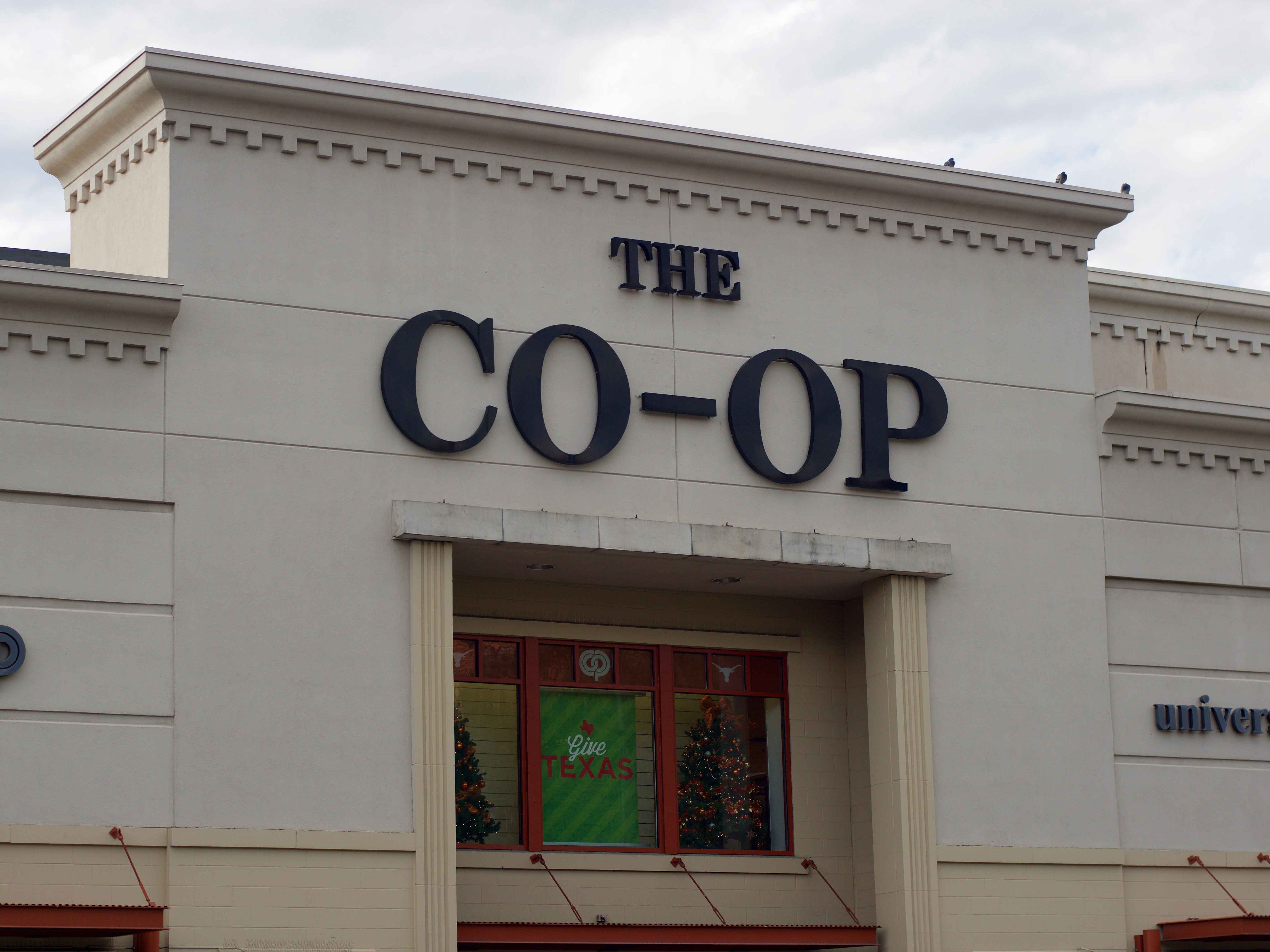




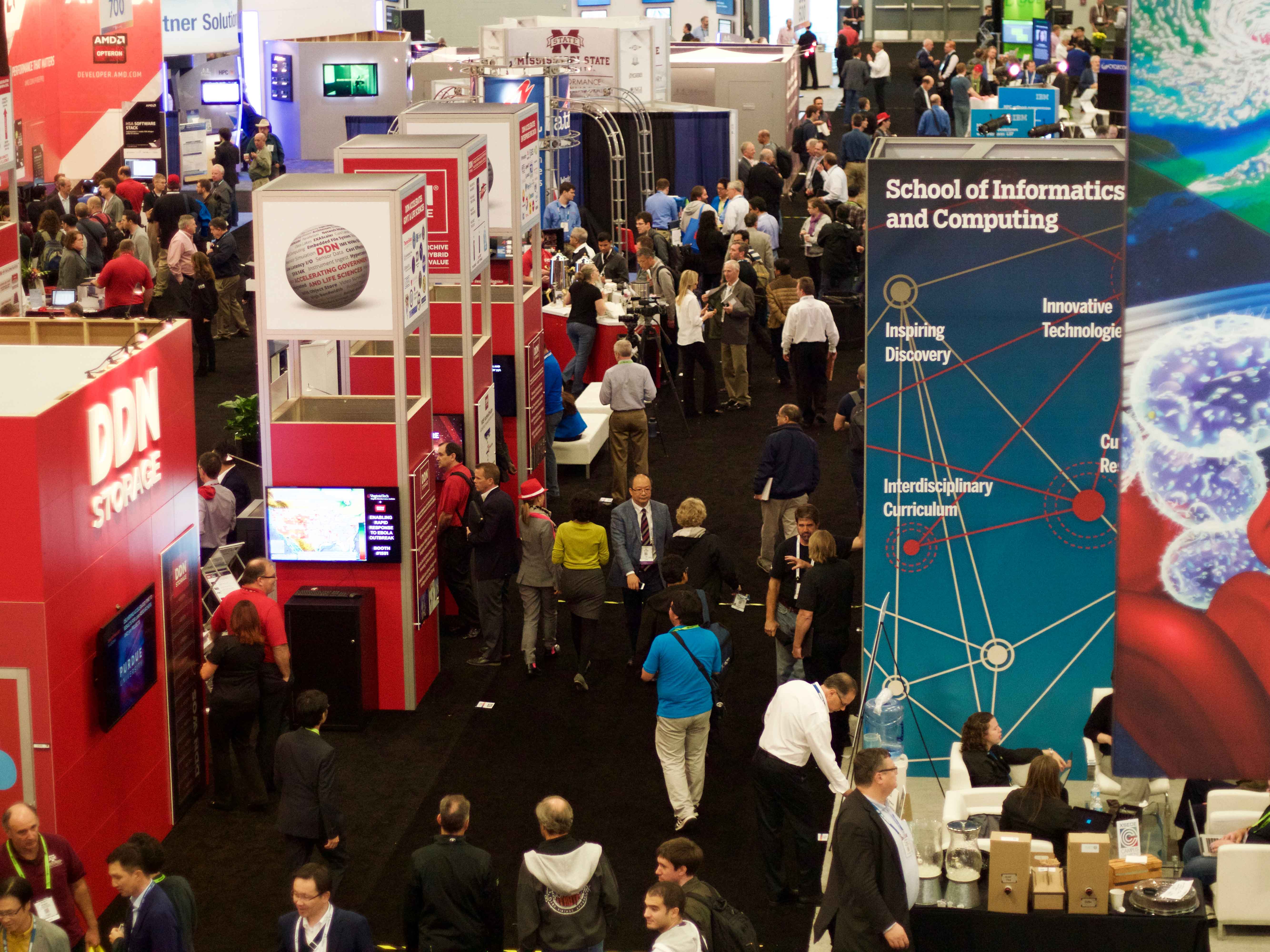
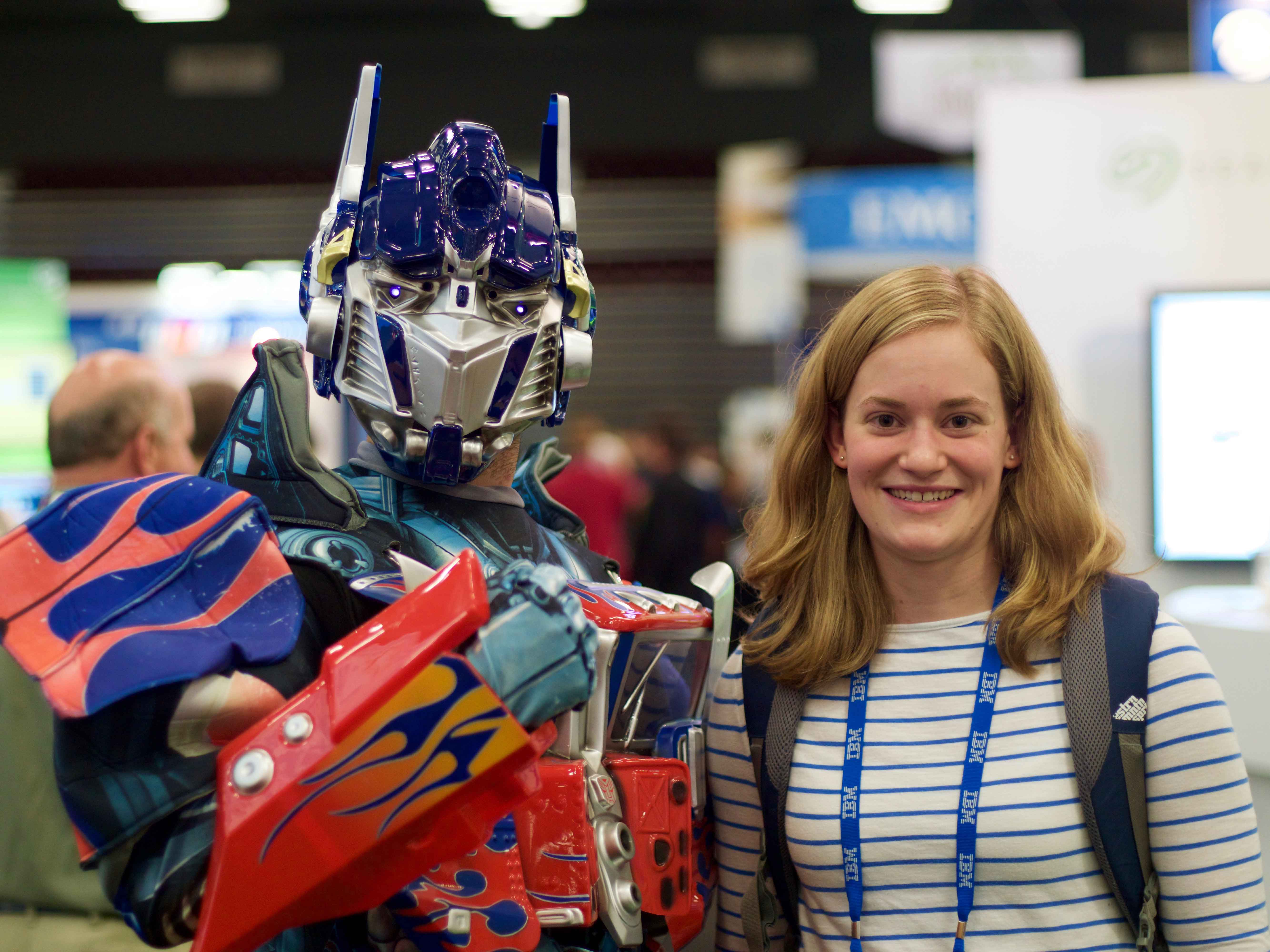
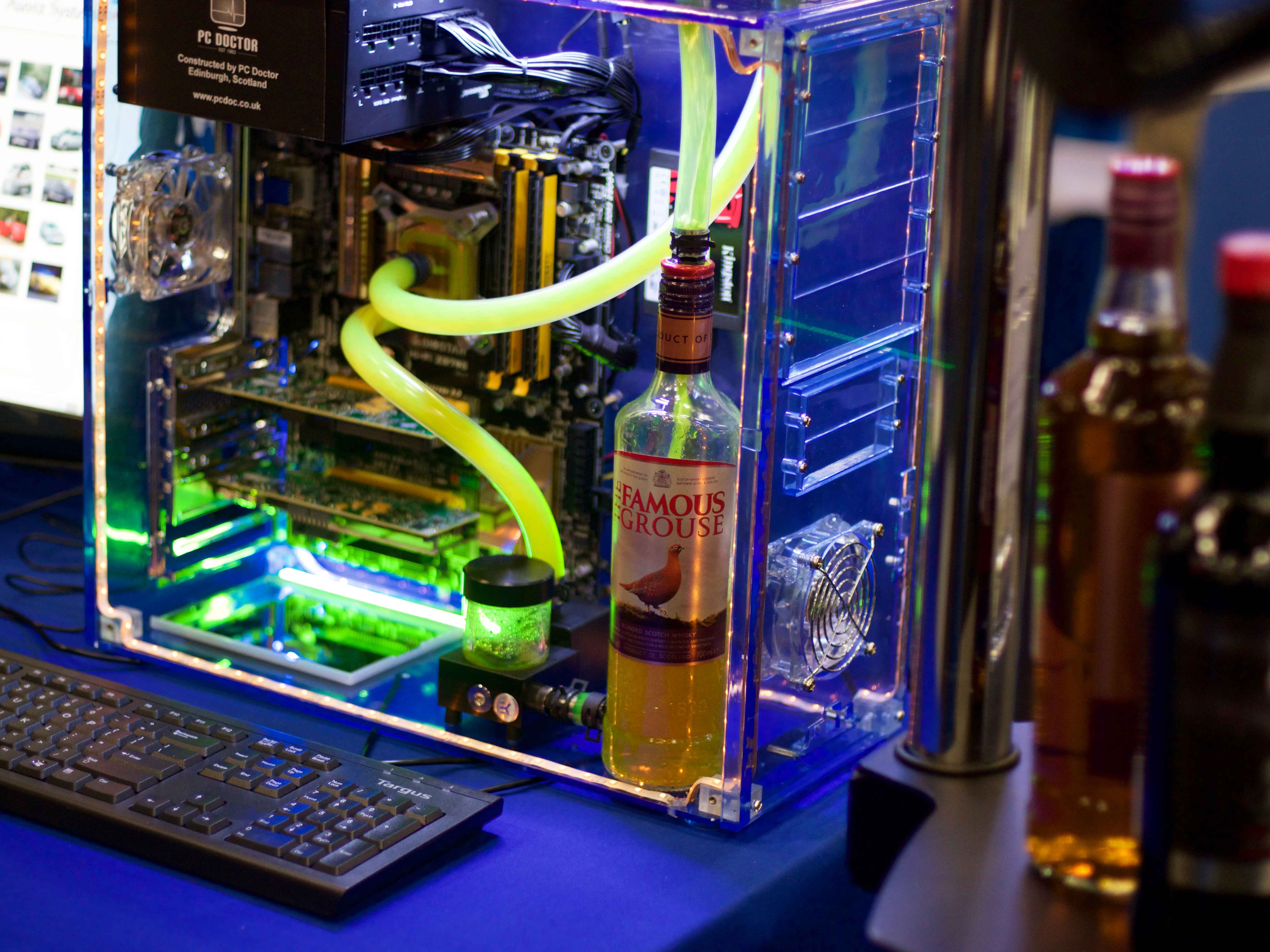

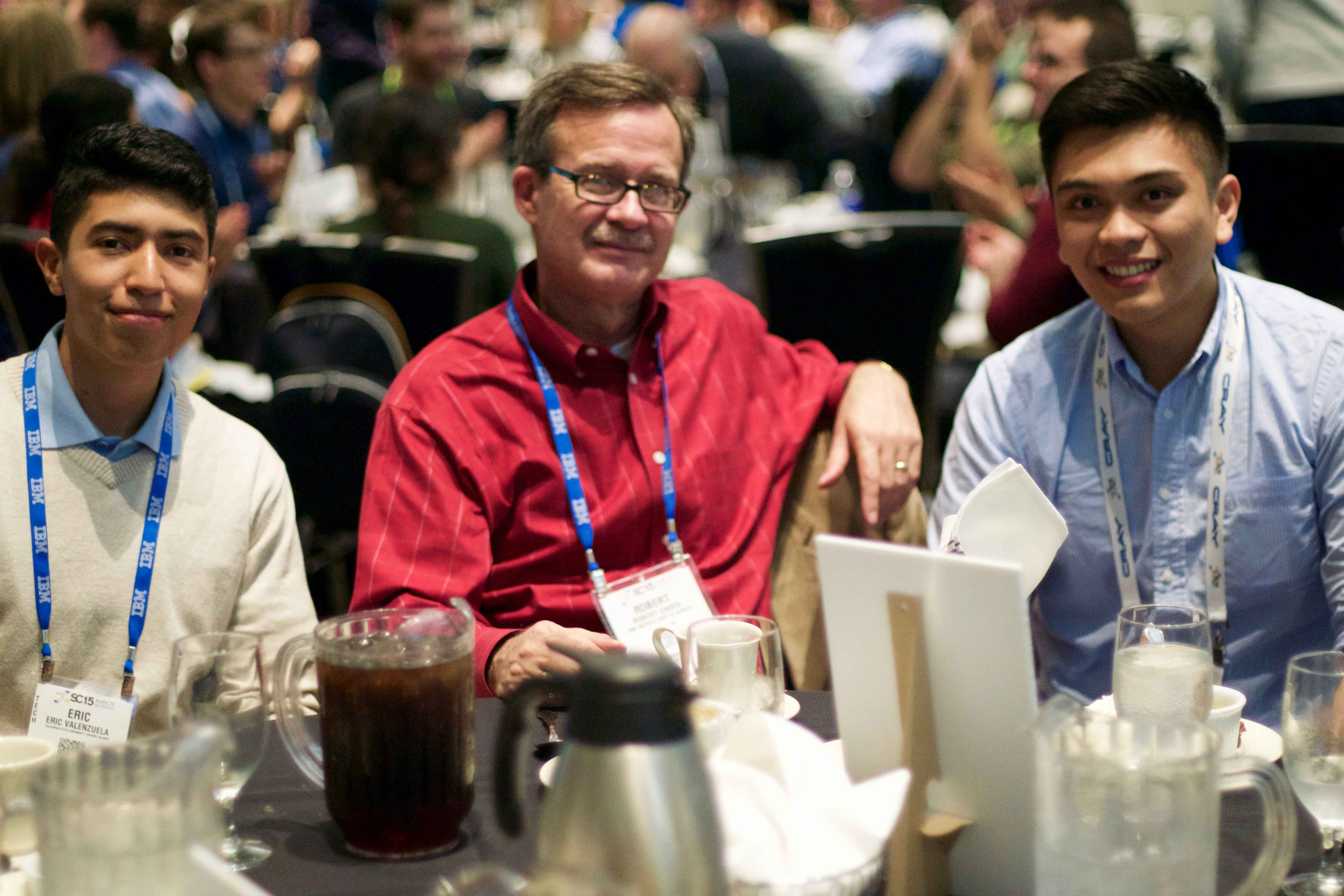
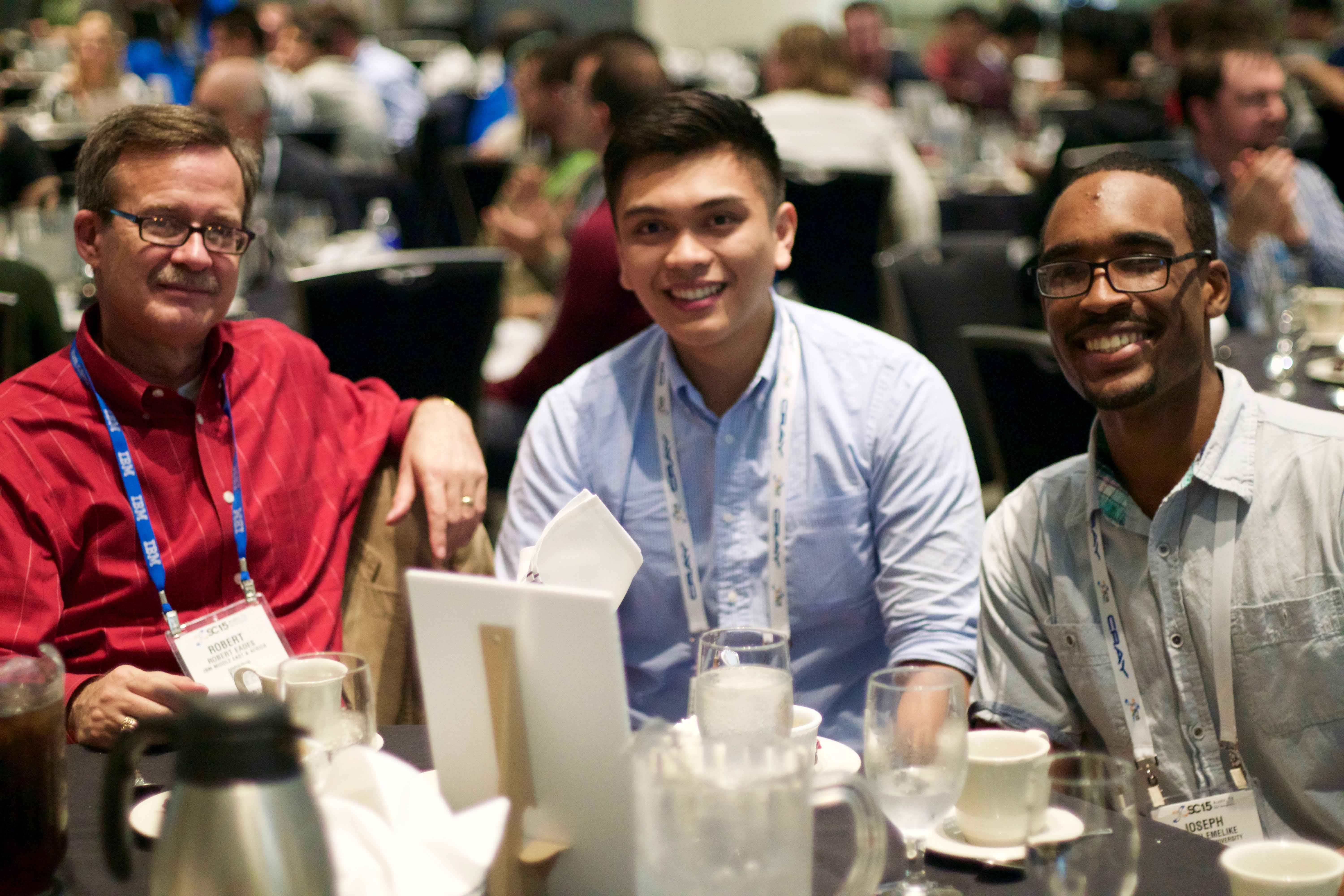
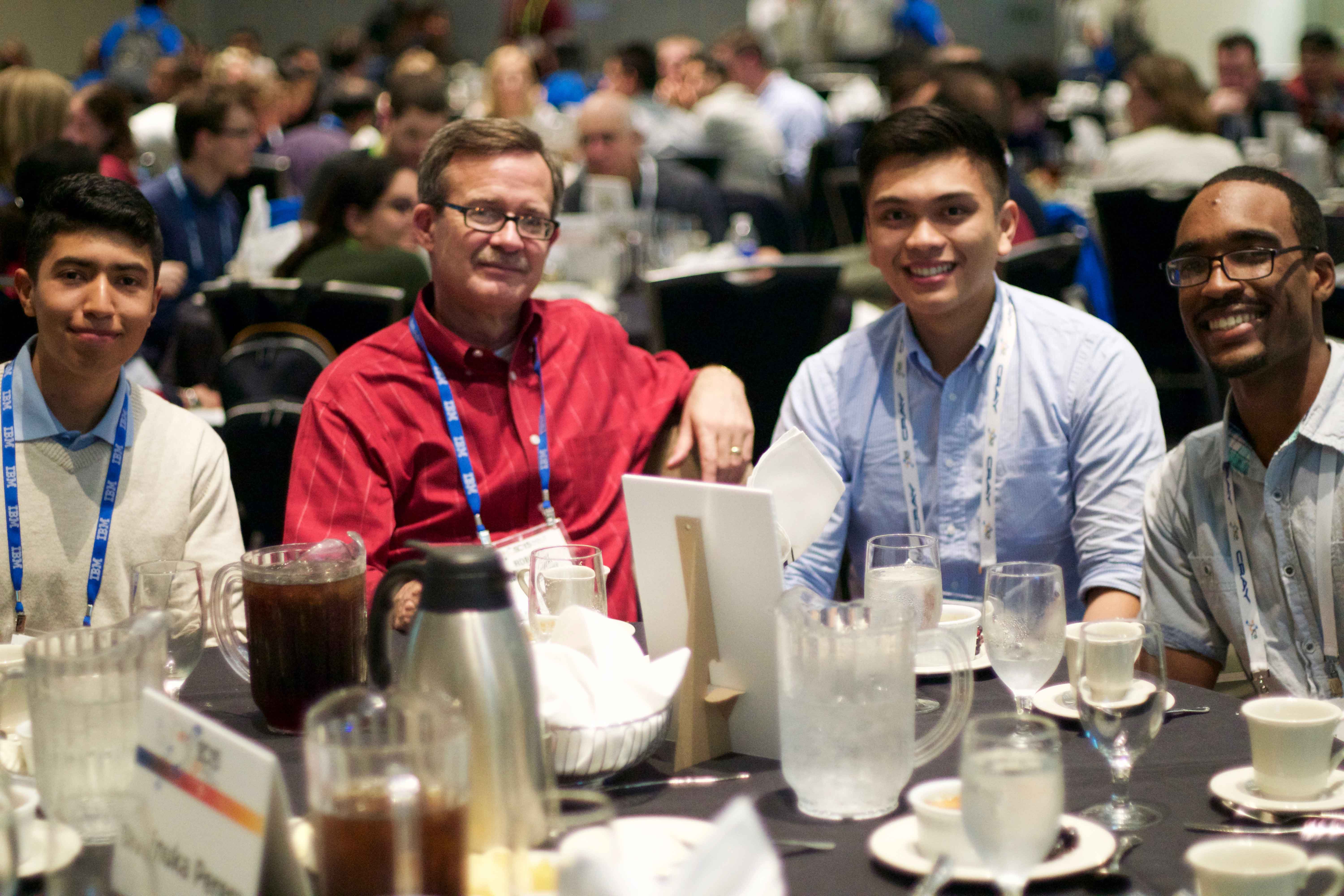
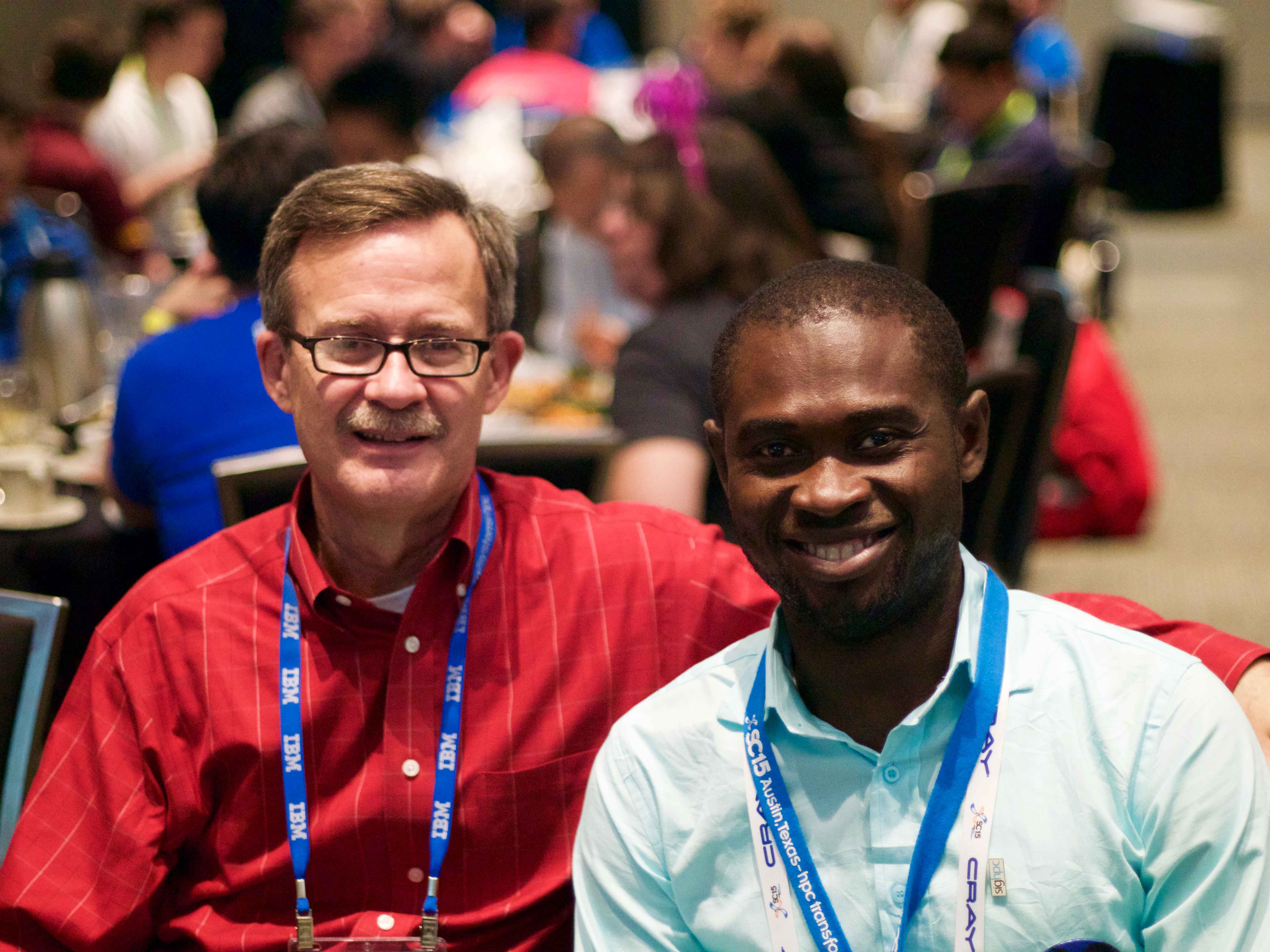
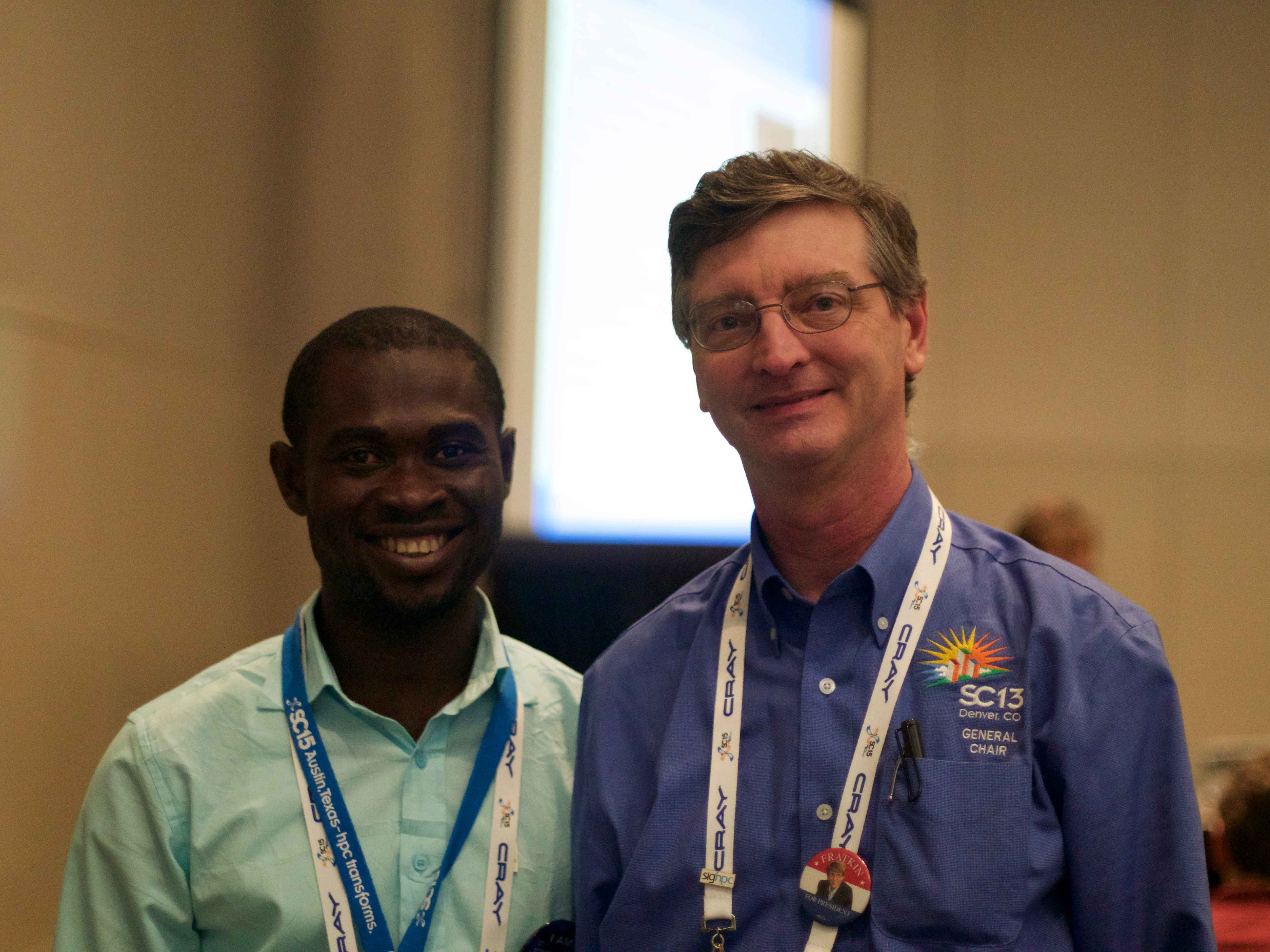
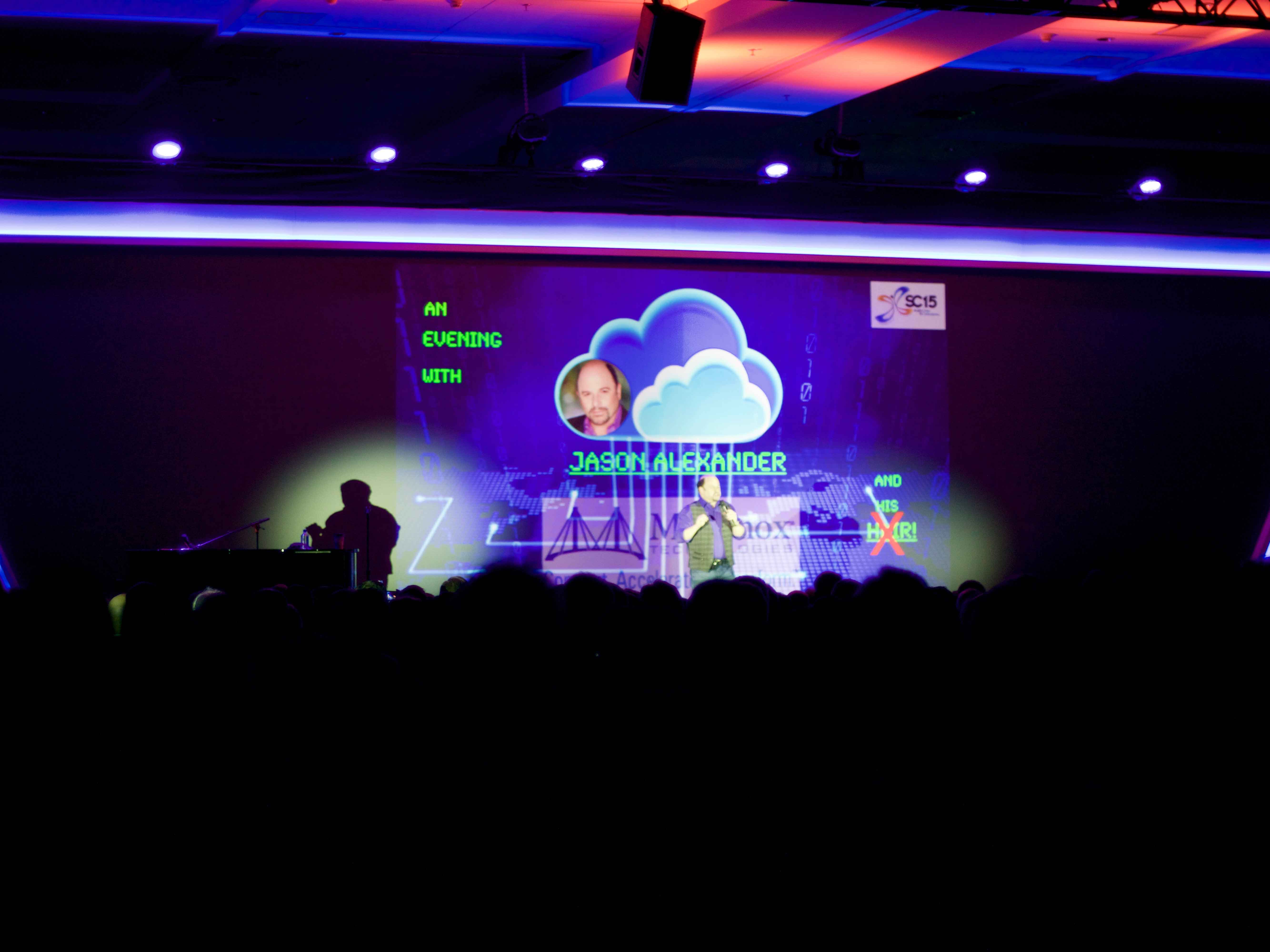

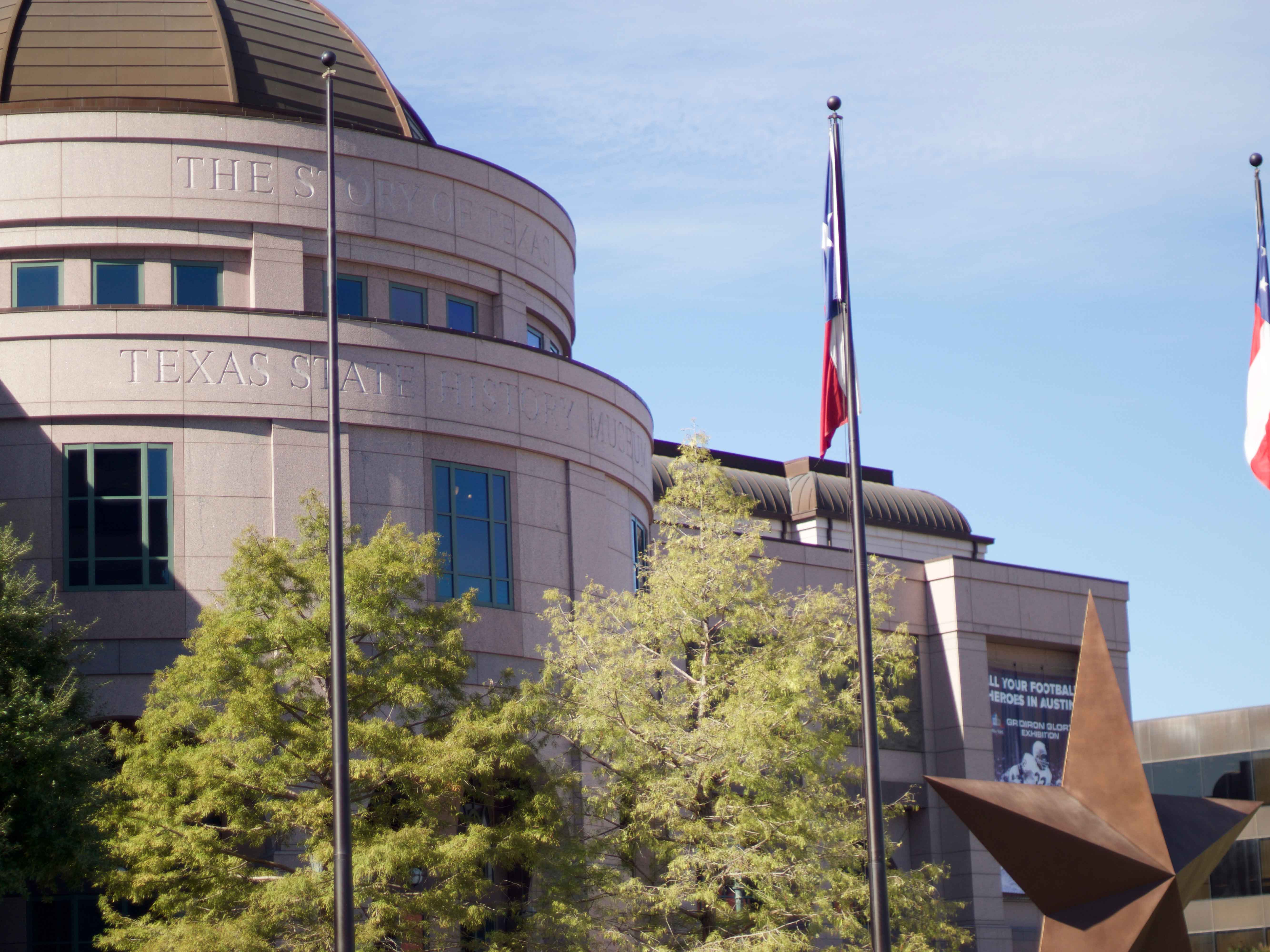




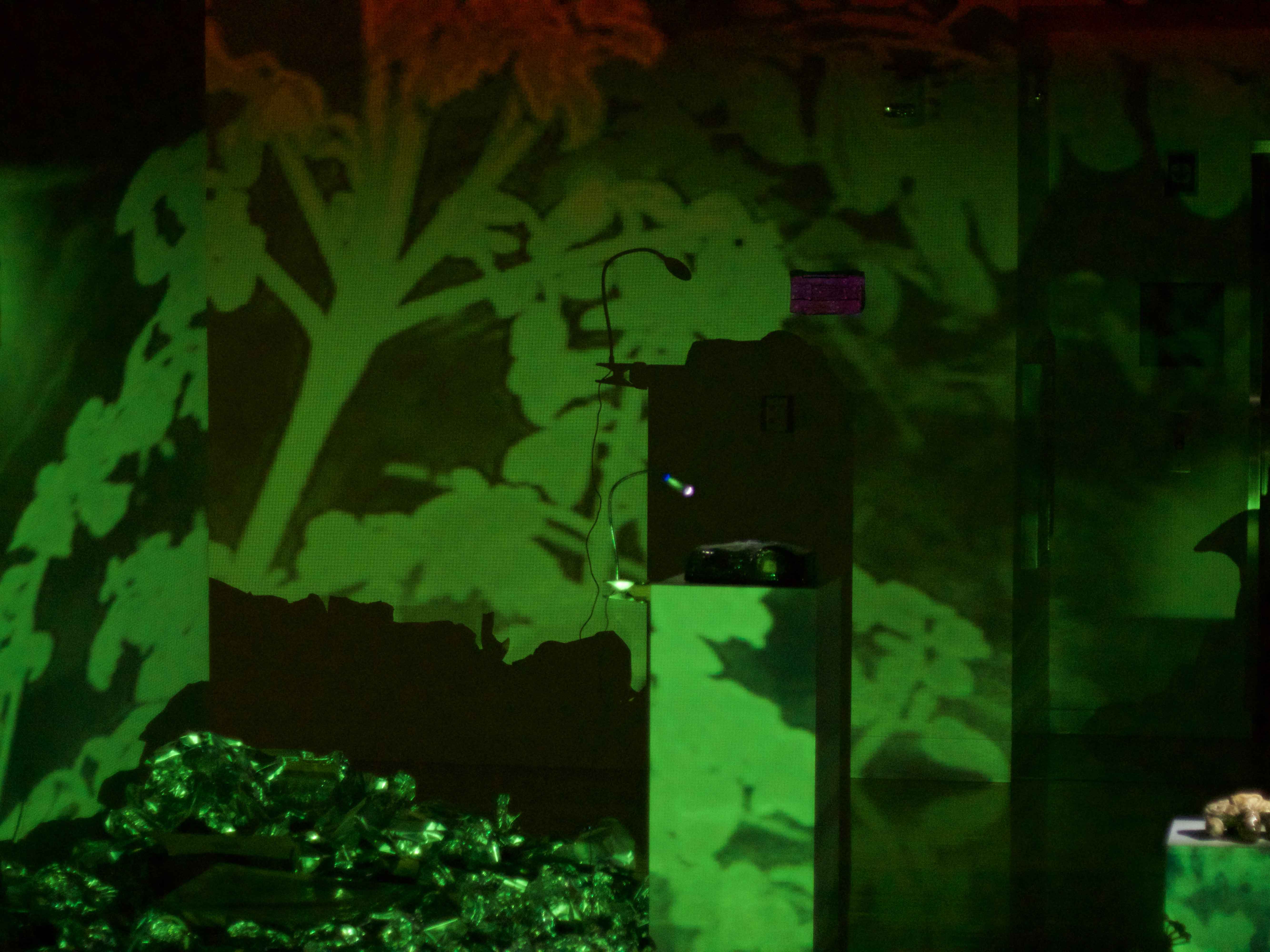


Recommend